Day 64 - Our Last Four Temples In Miyazaki Prefecture, The Kyushu 108 Temple Pilgrimage, Japan
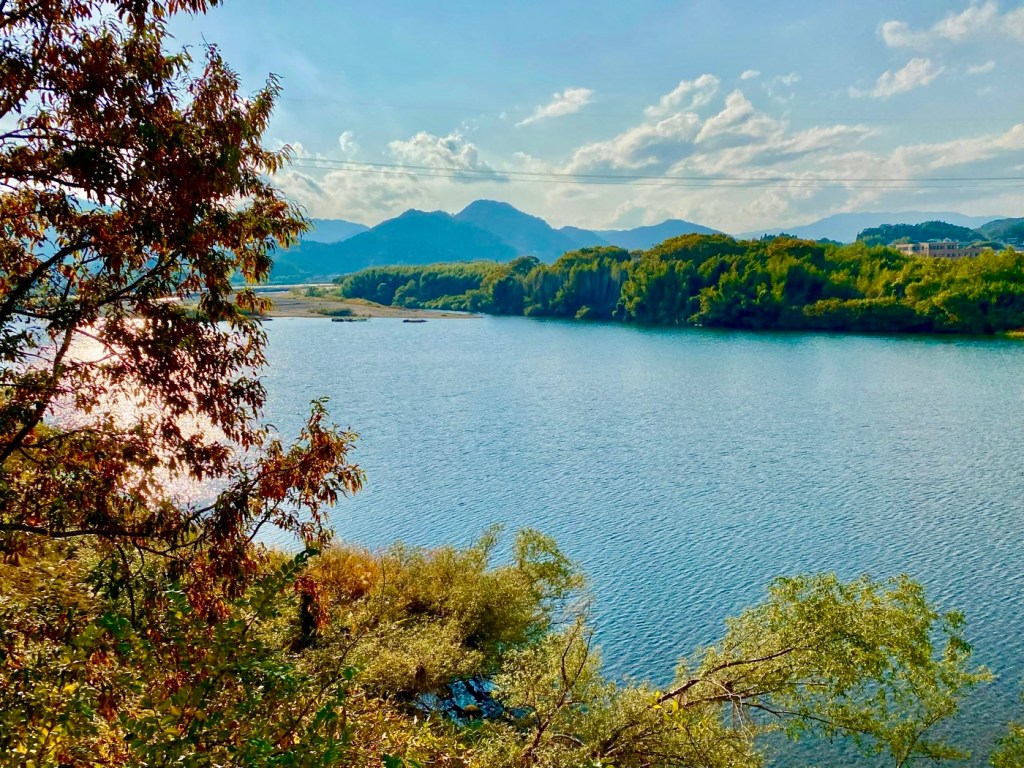
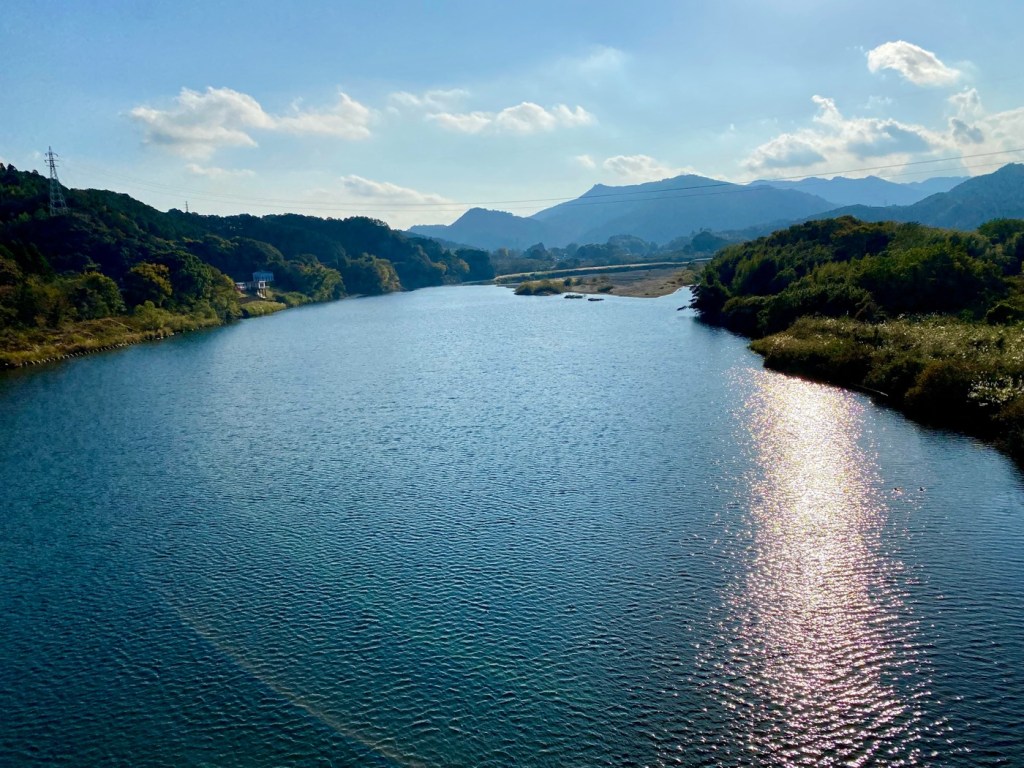
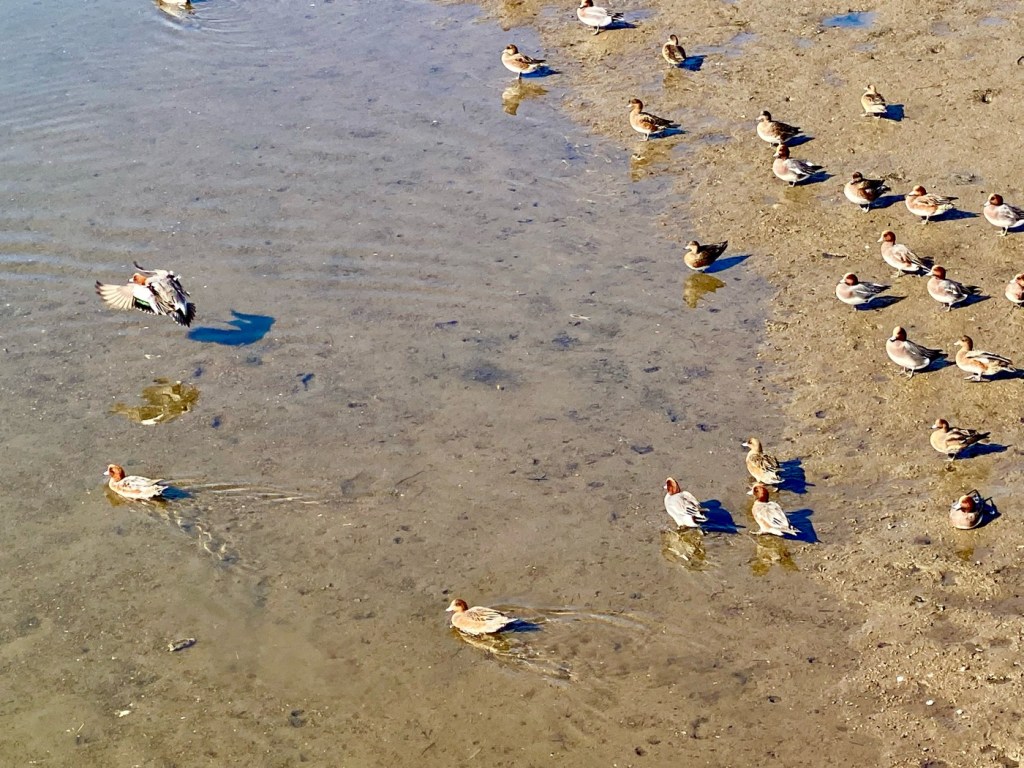

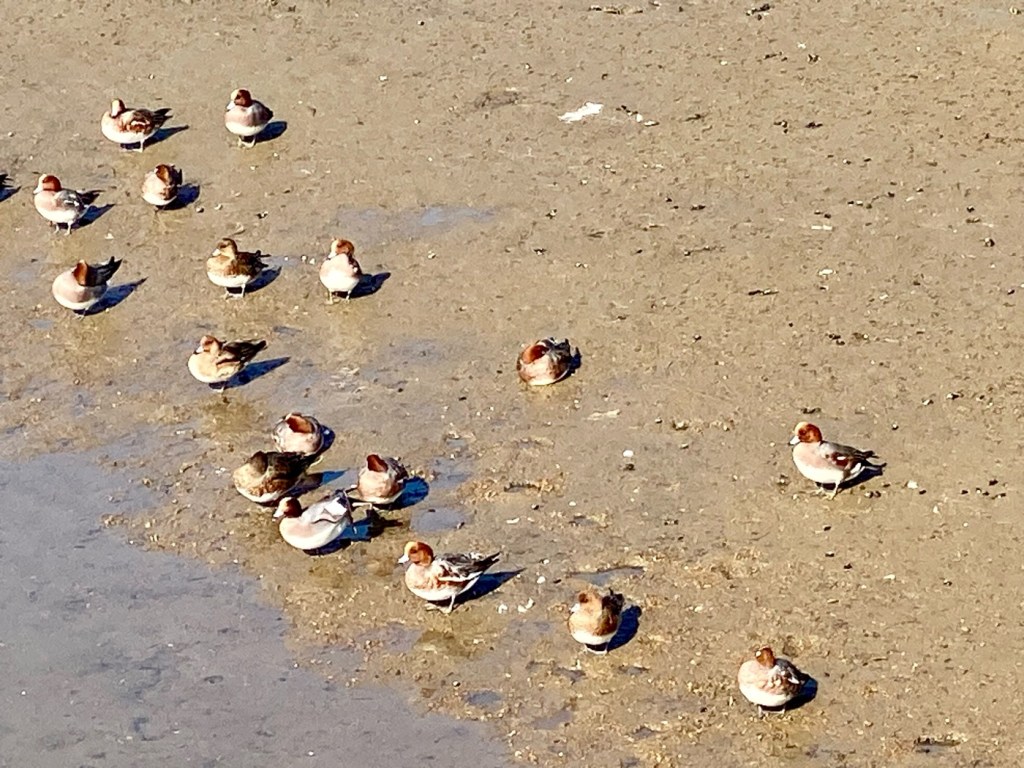
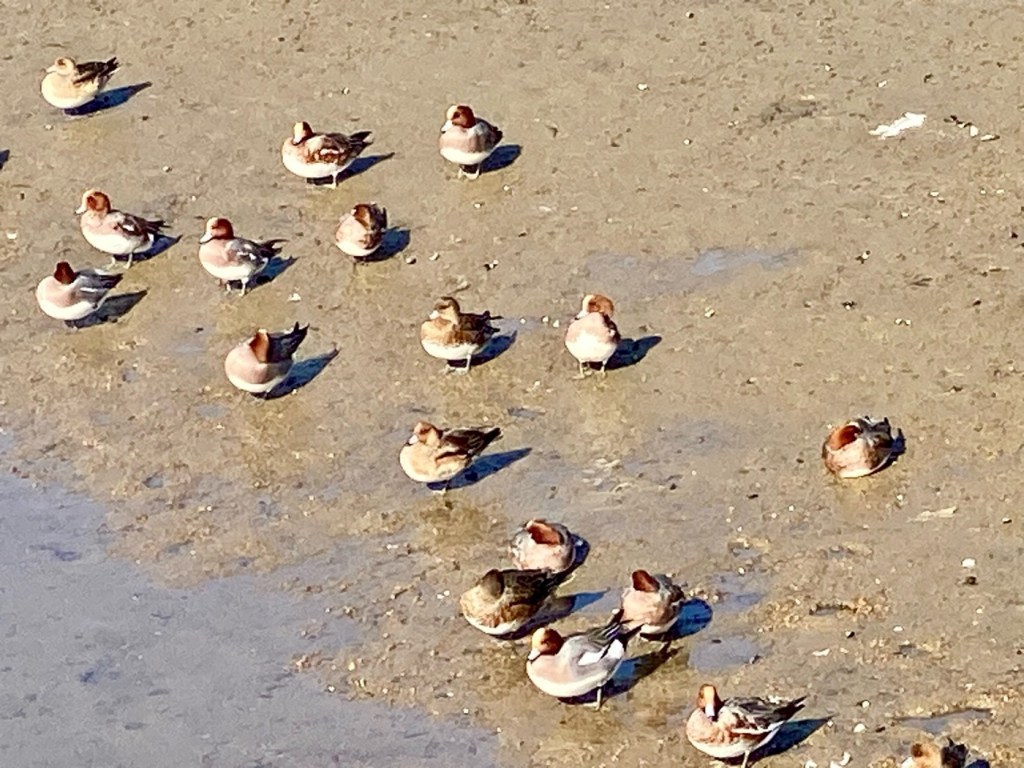
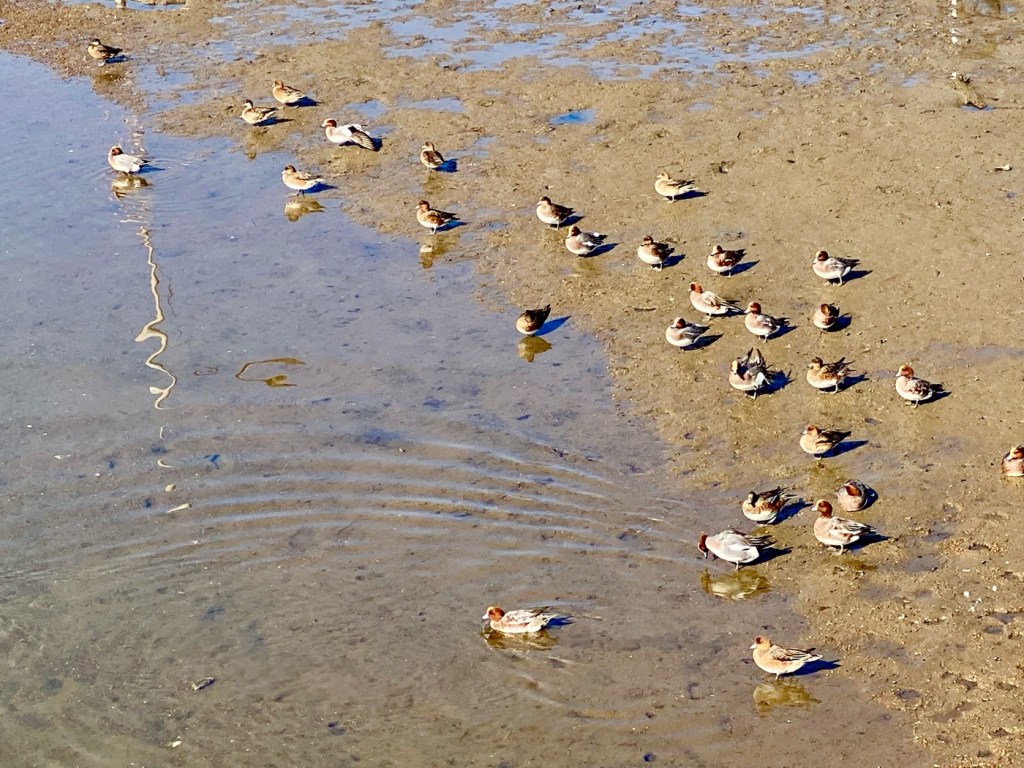
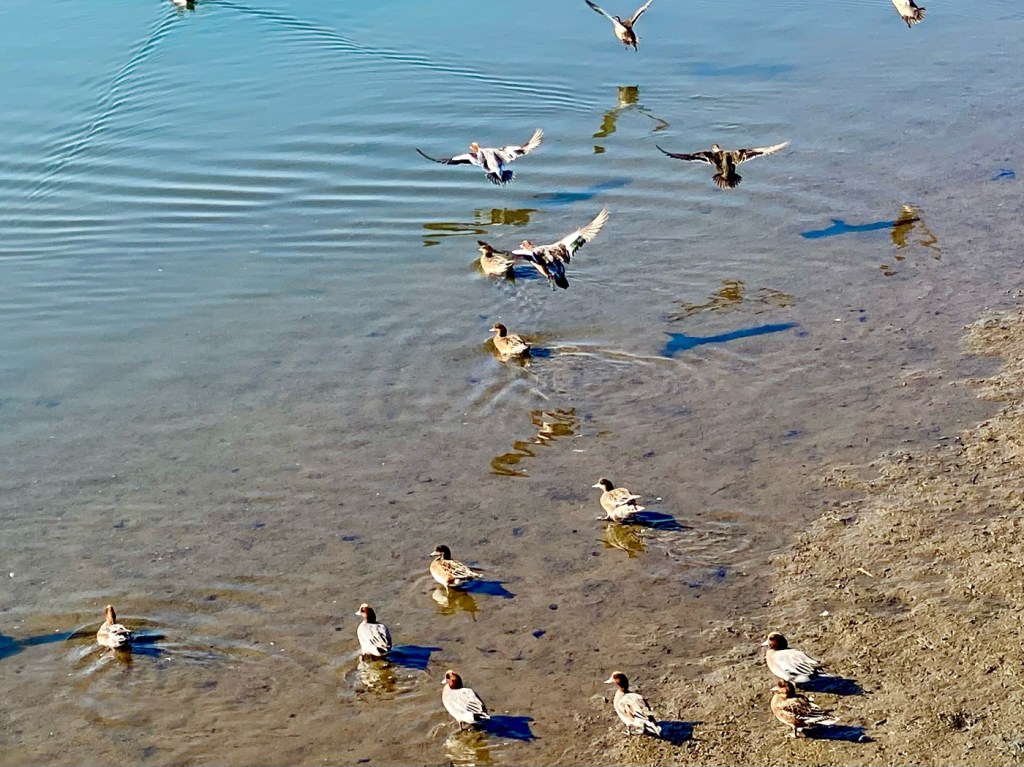

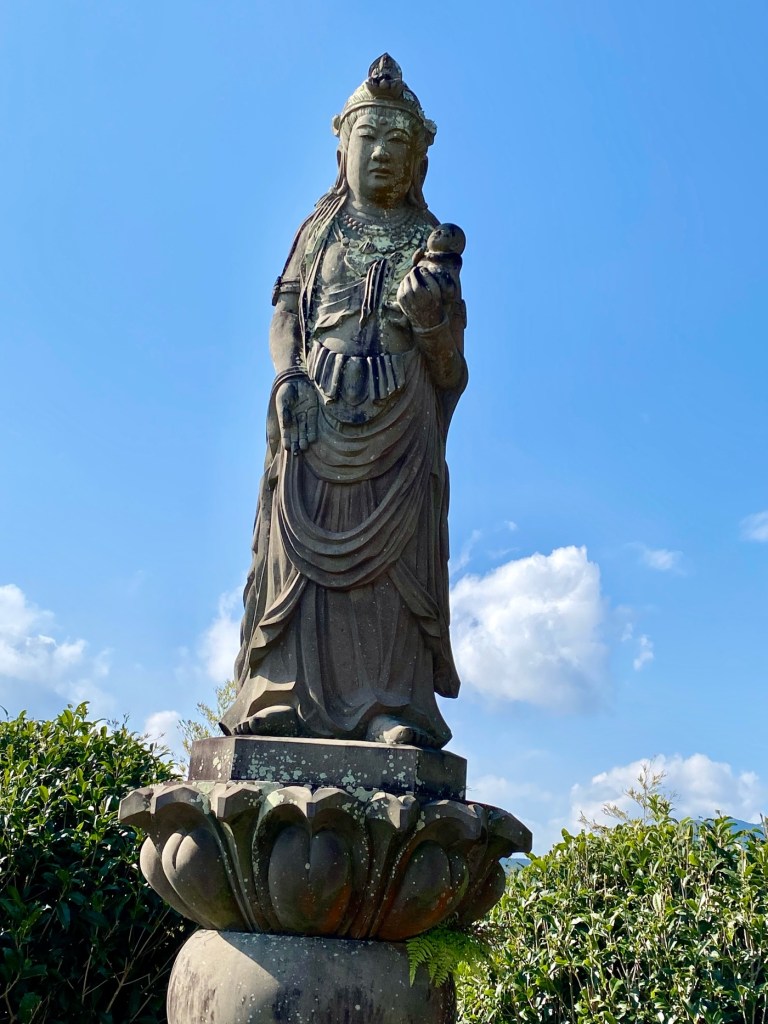
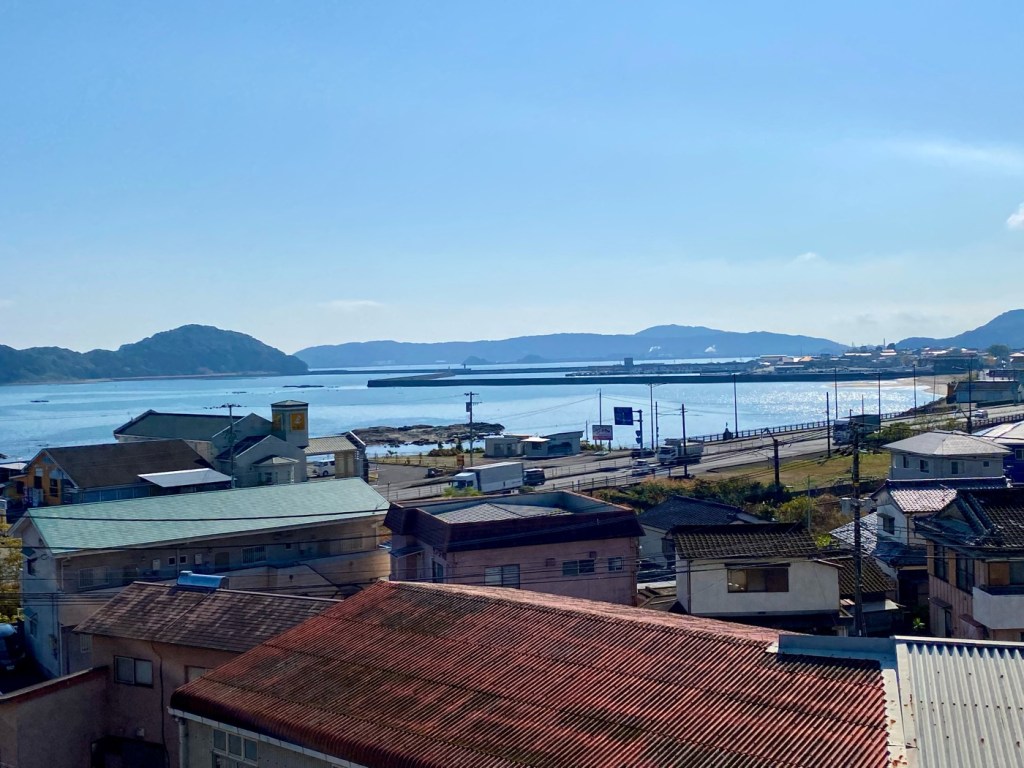
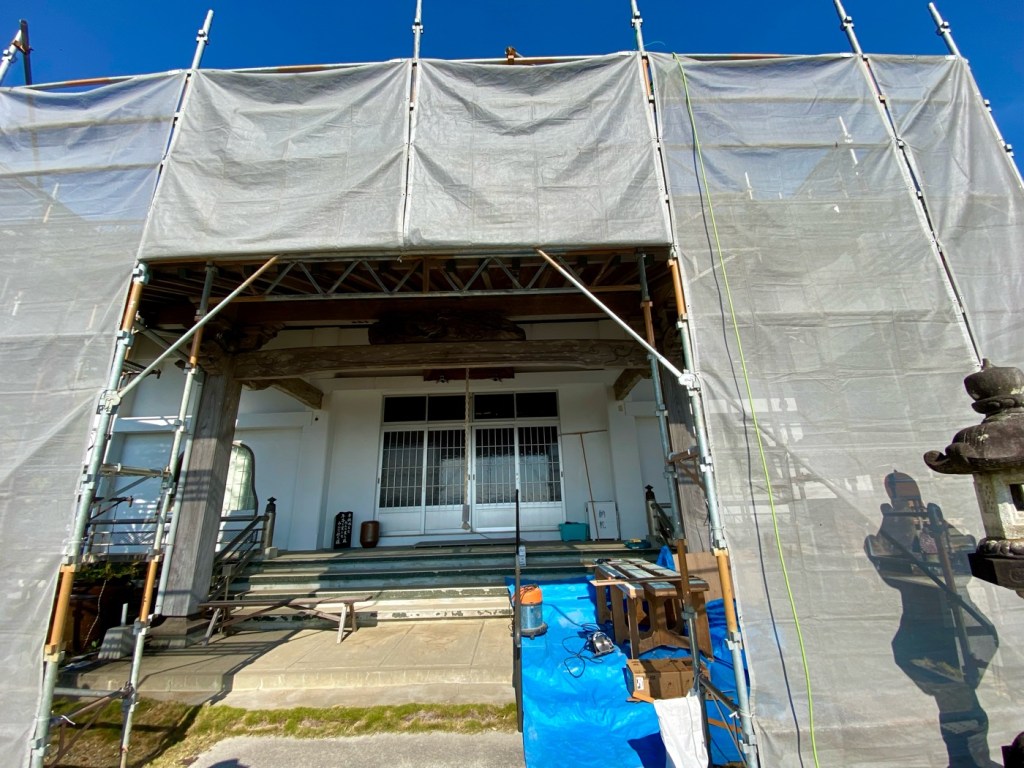
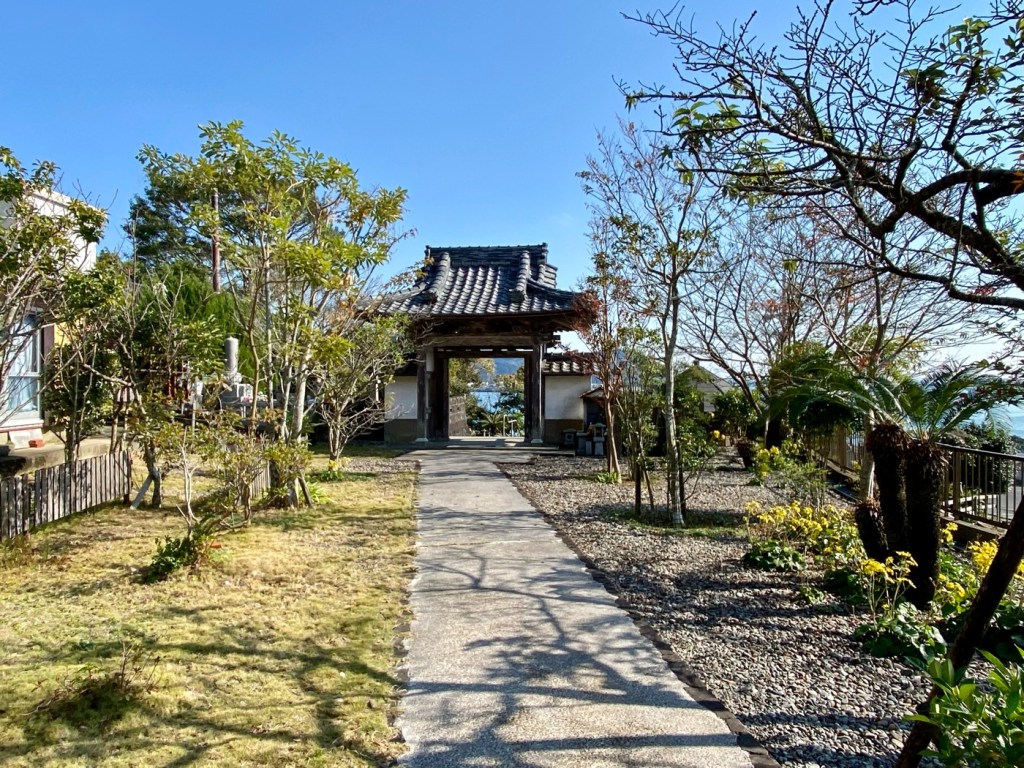
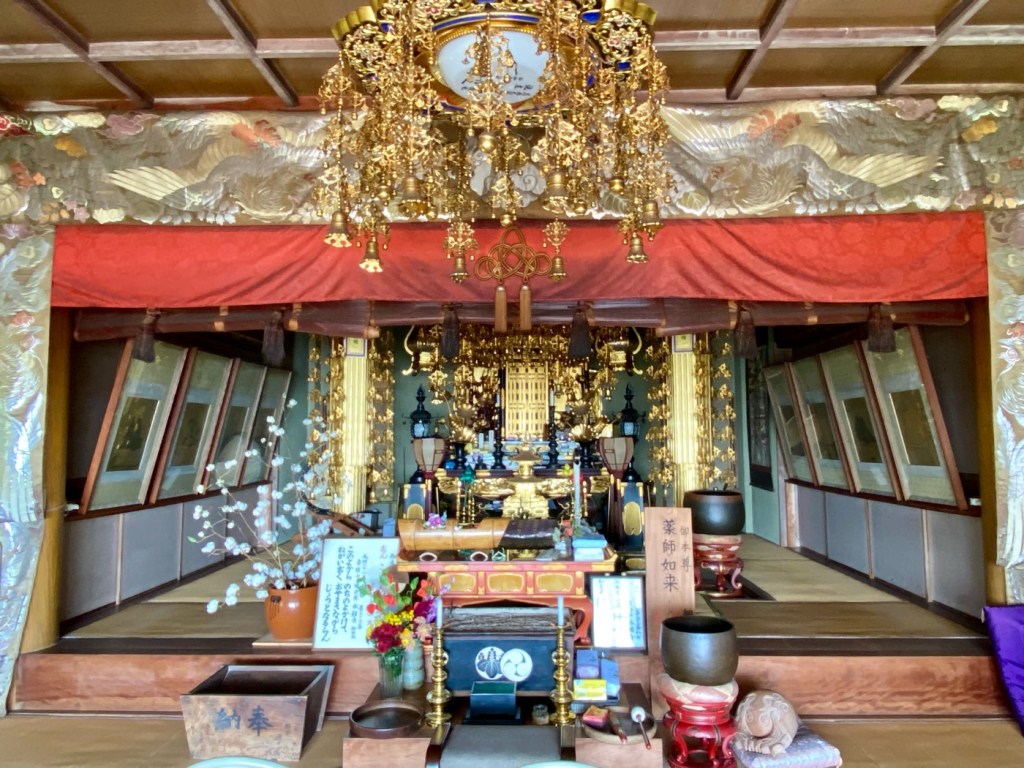
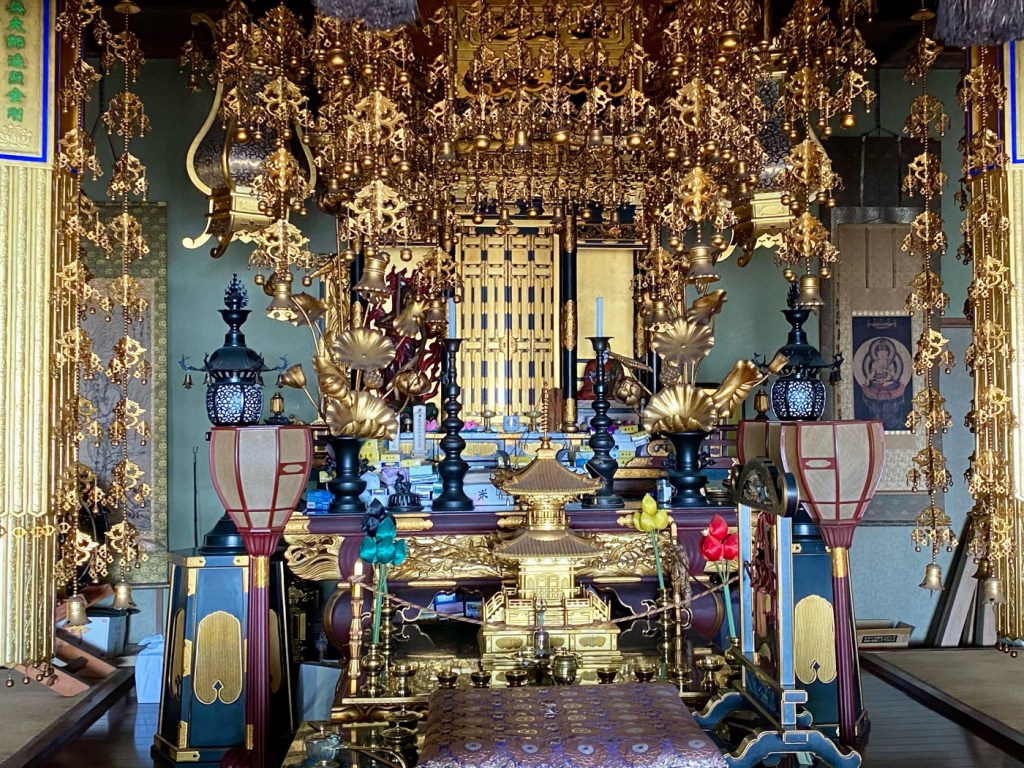
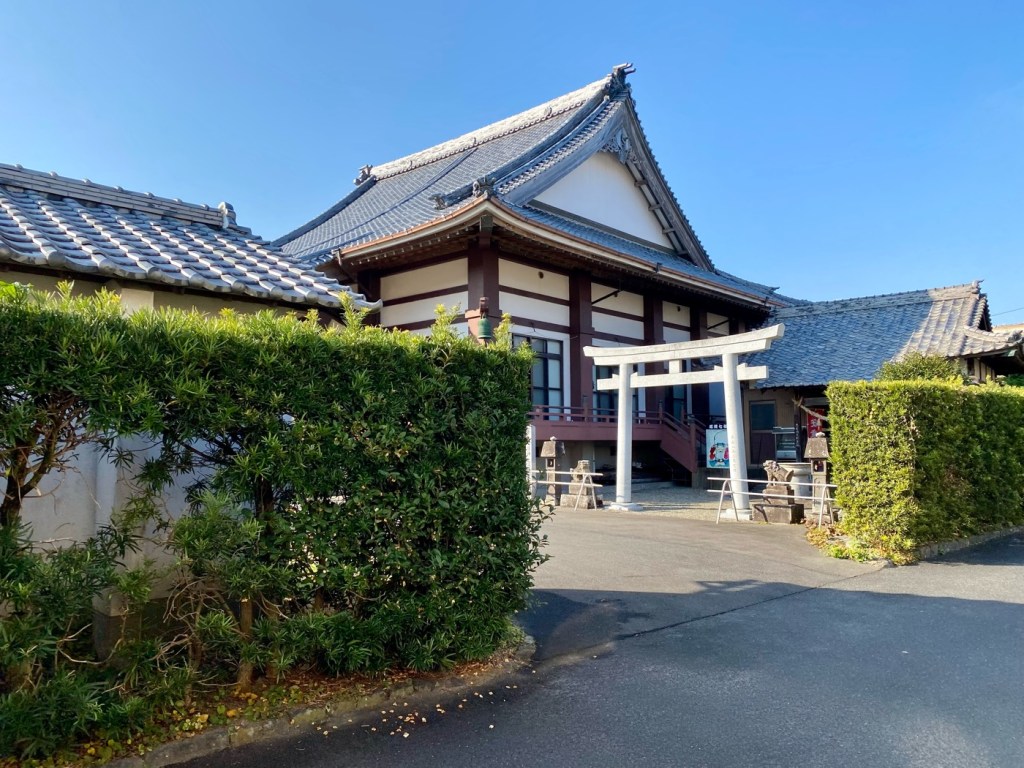
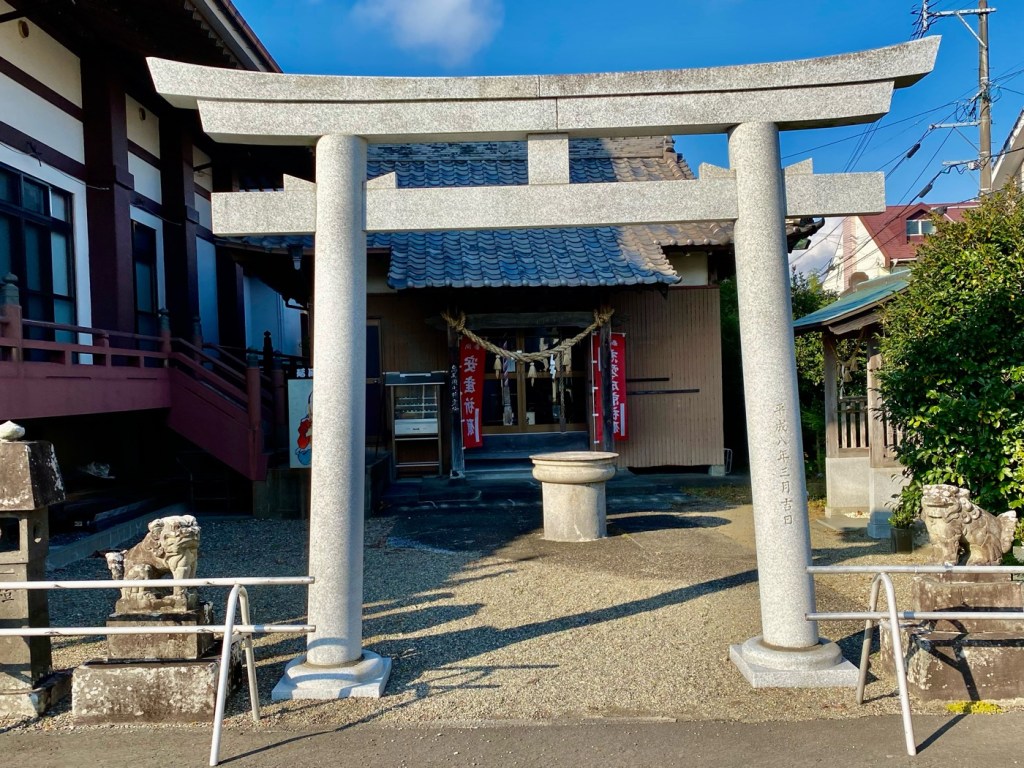
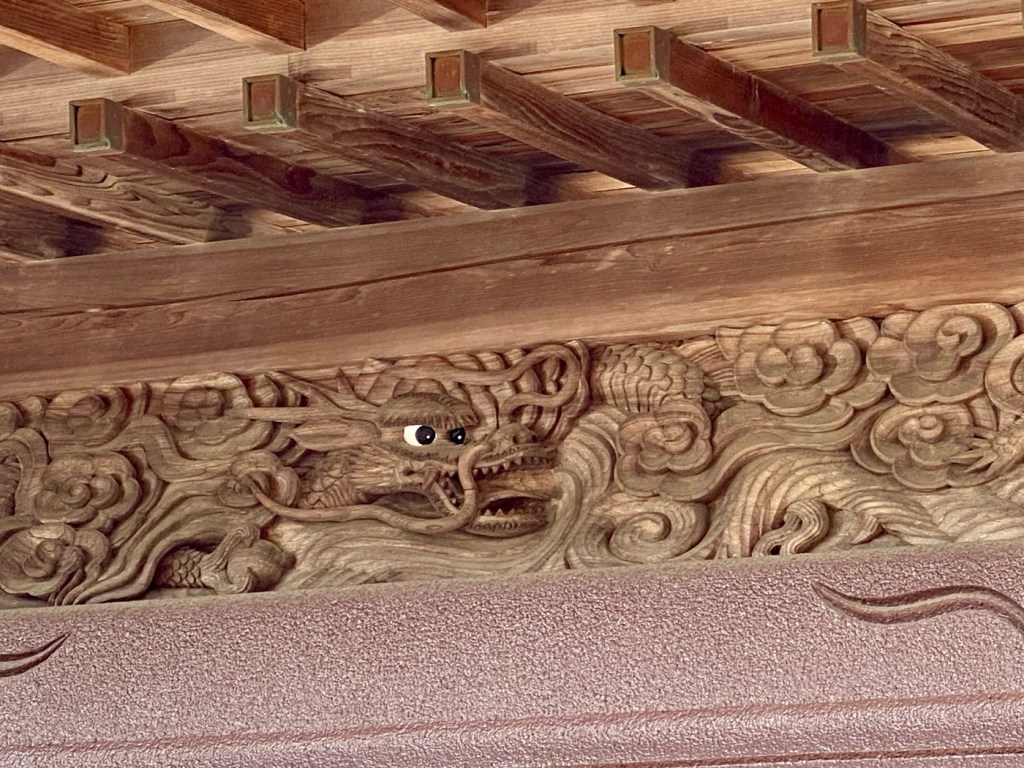
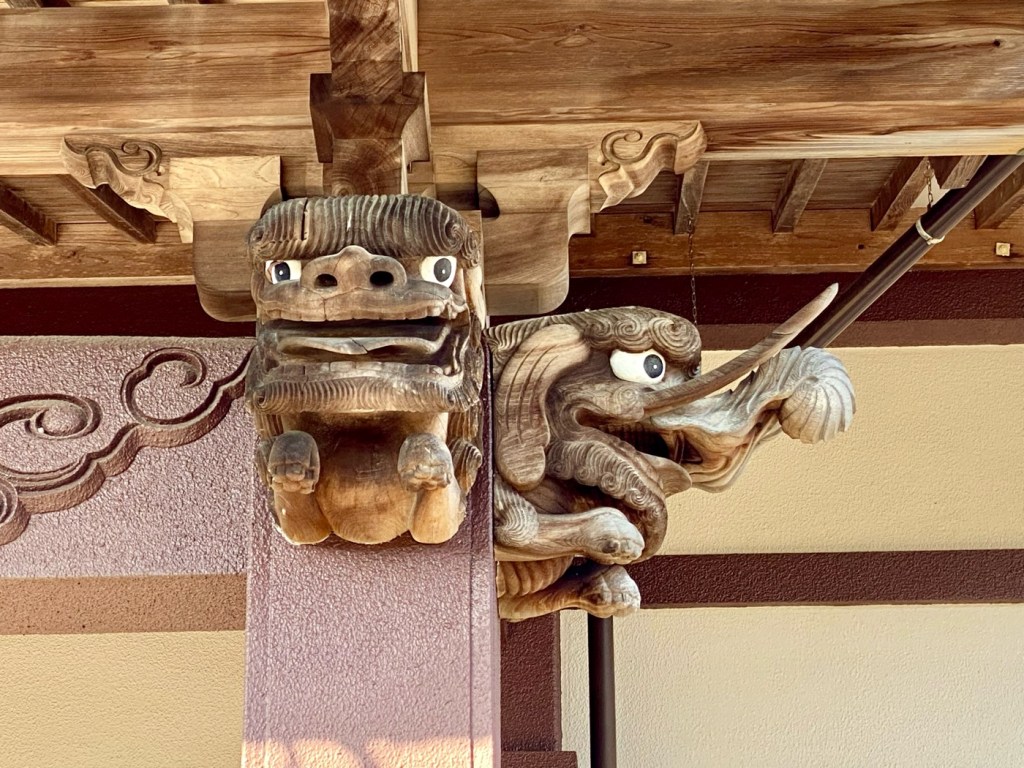
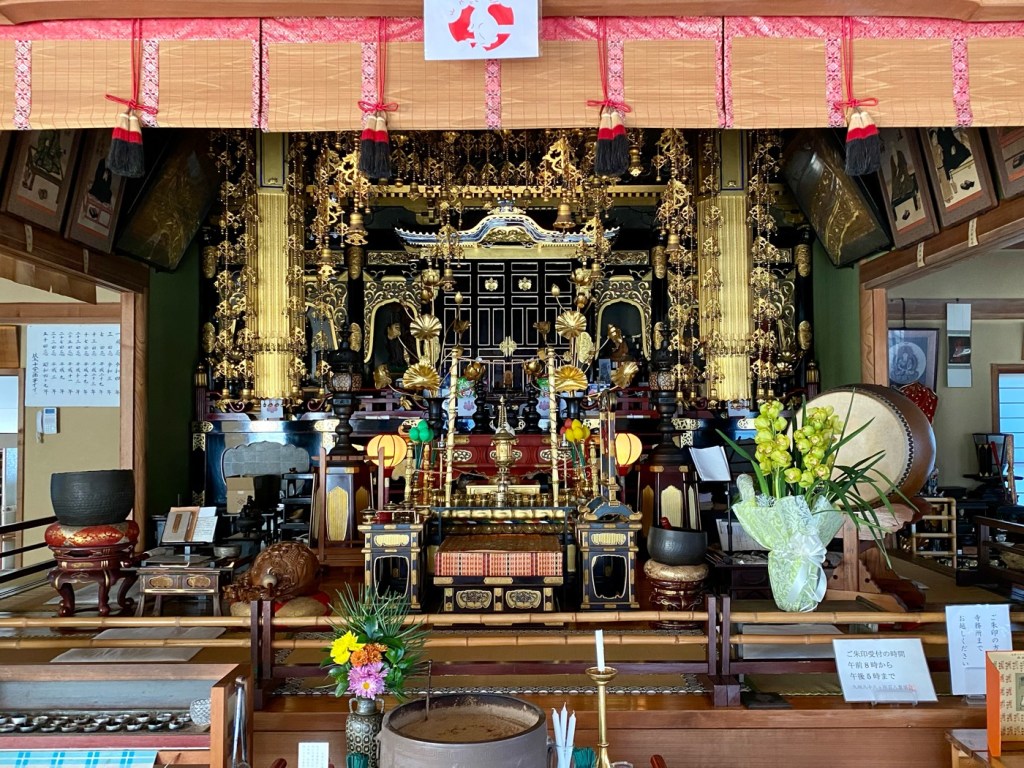
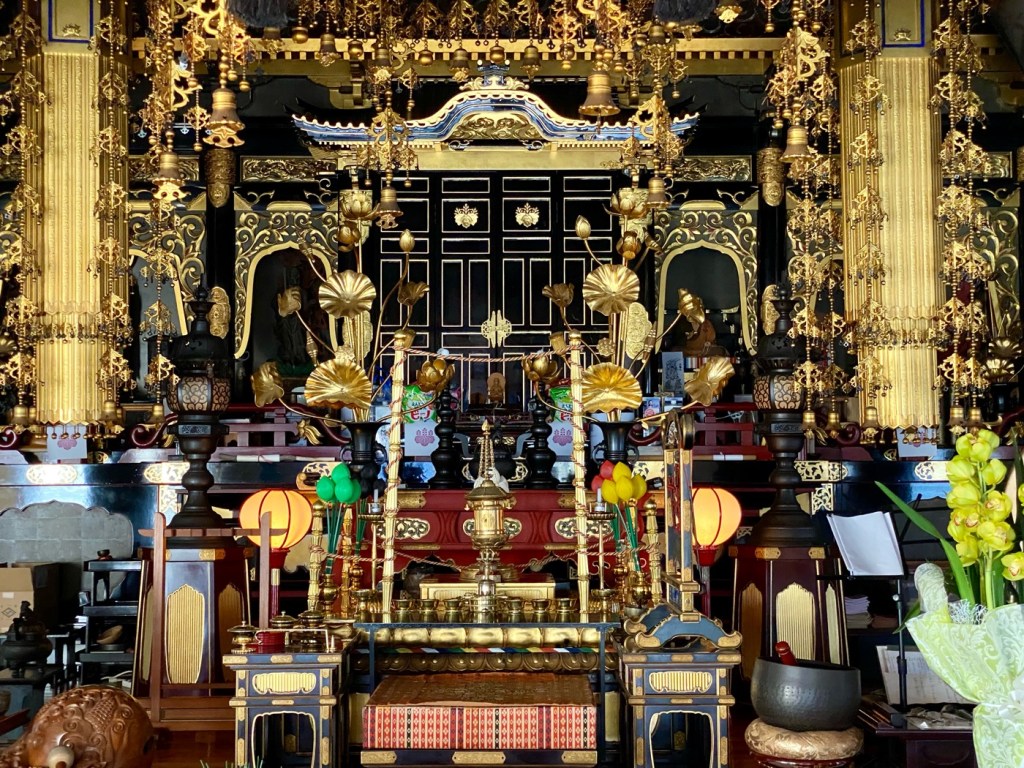
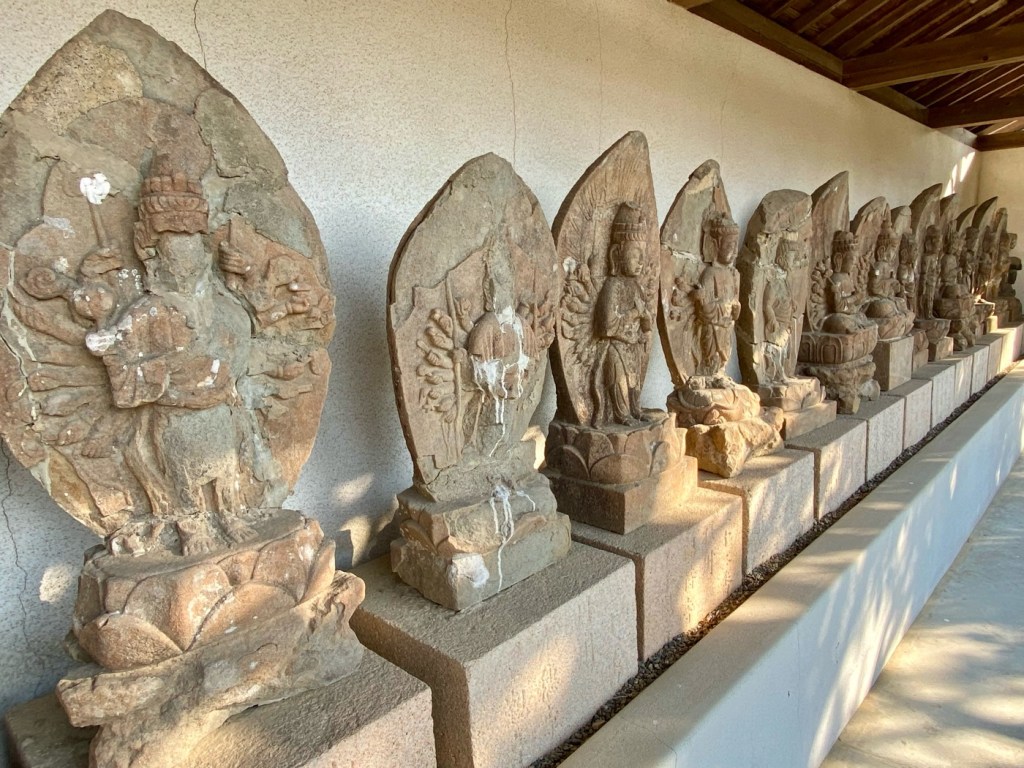
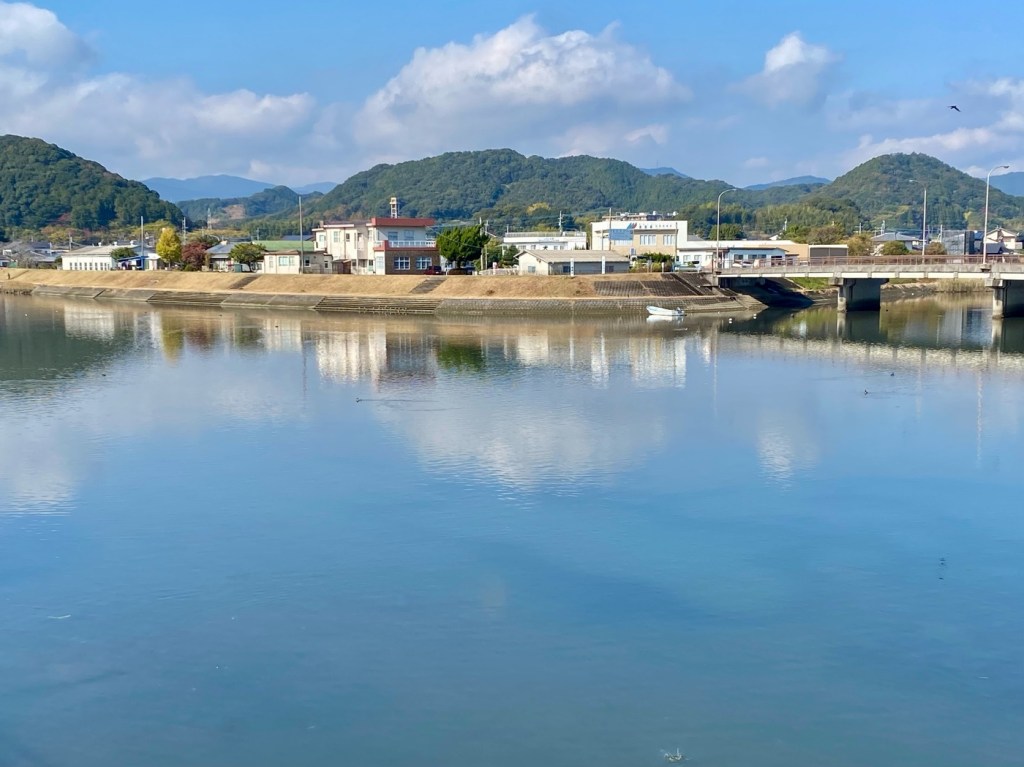
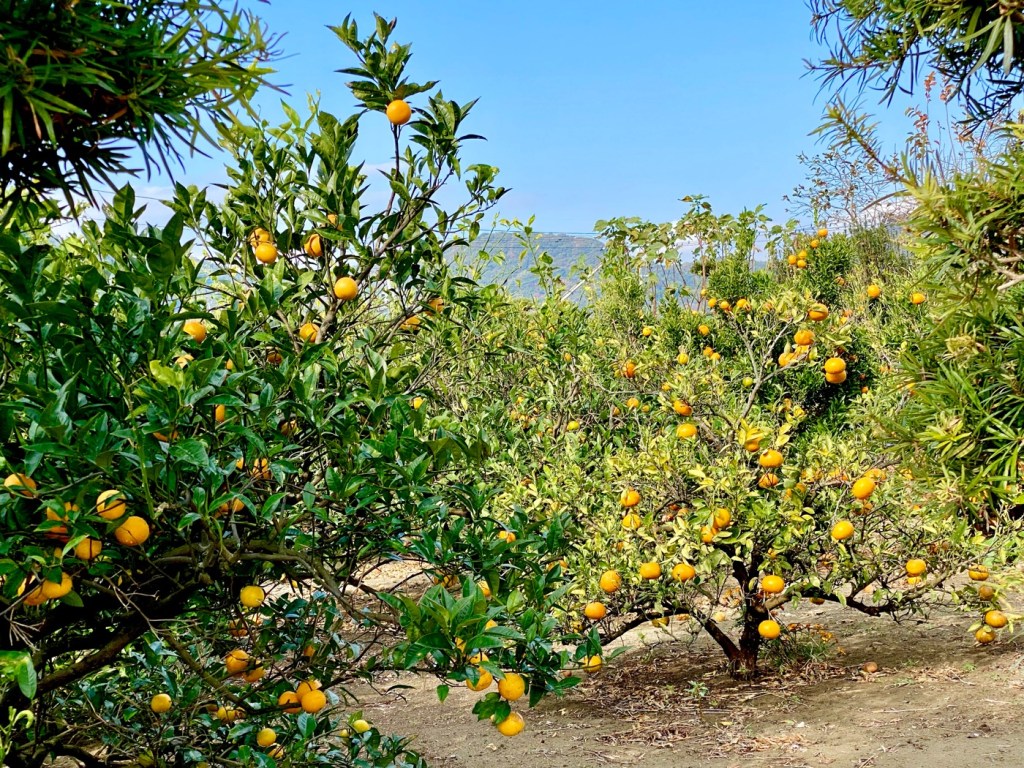
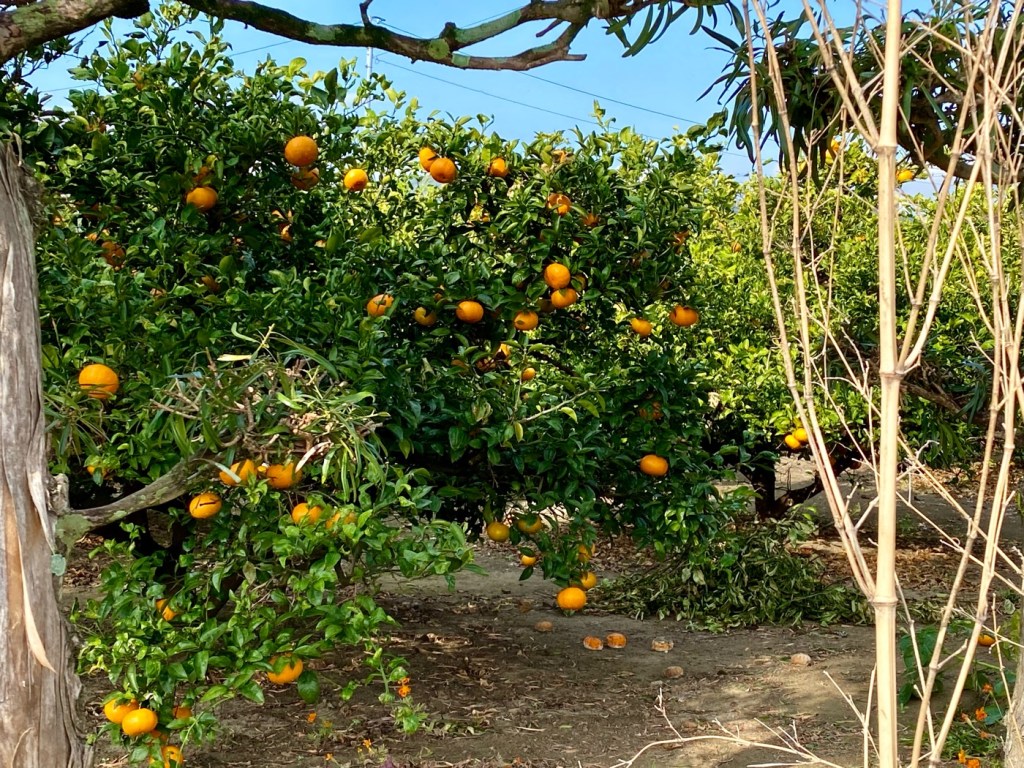

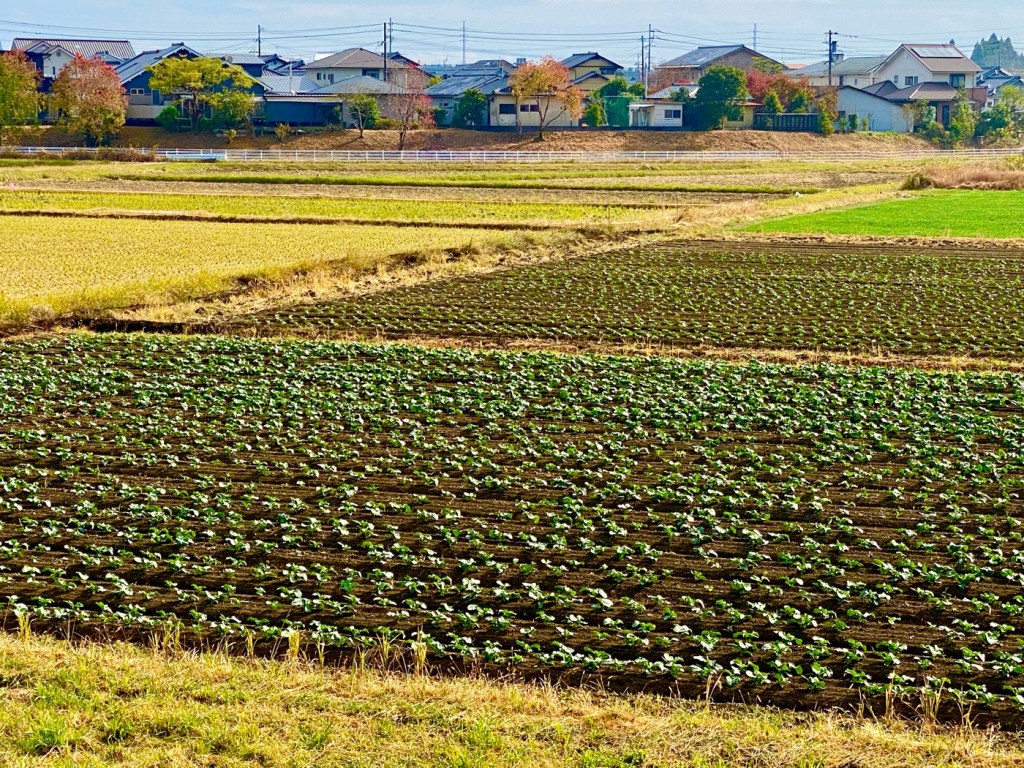
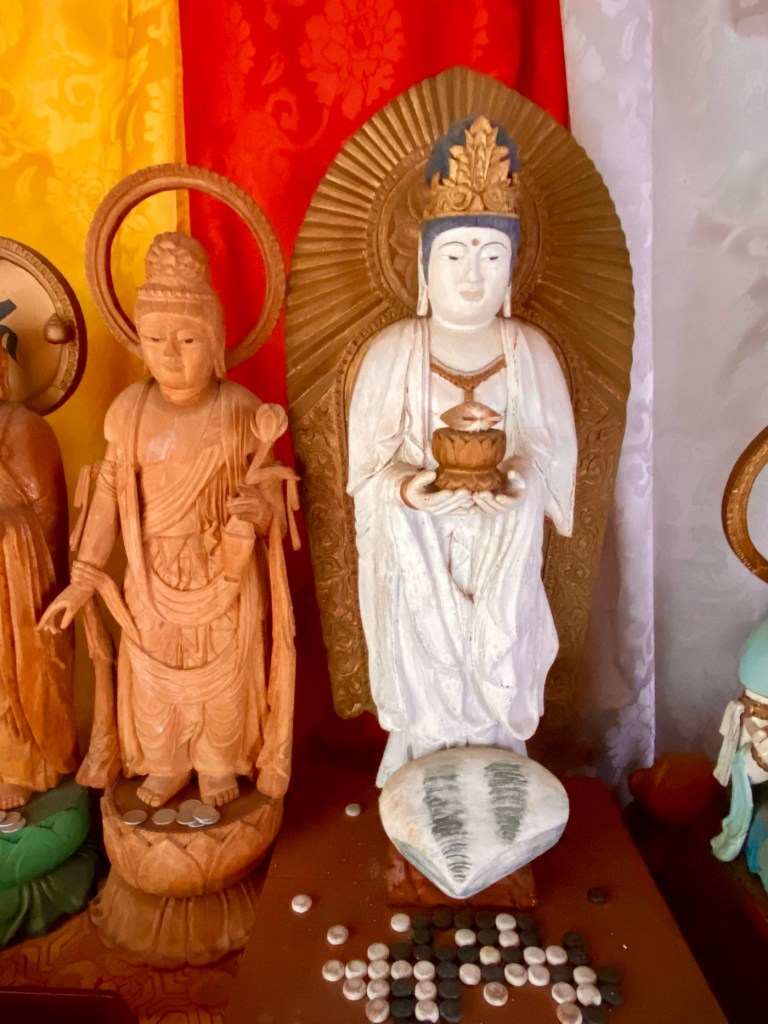
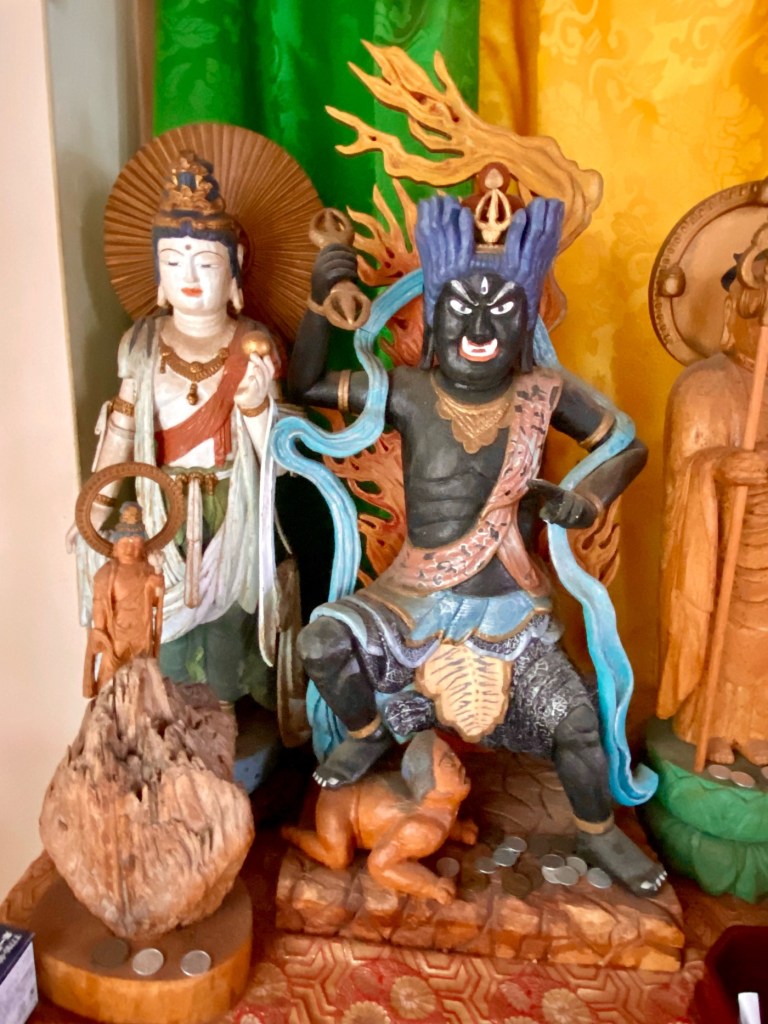
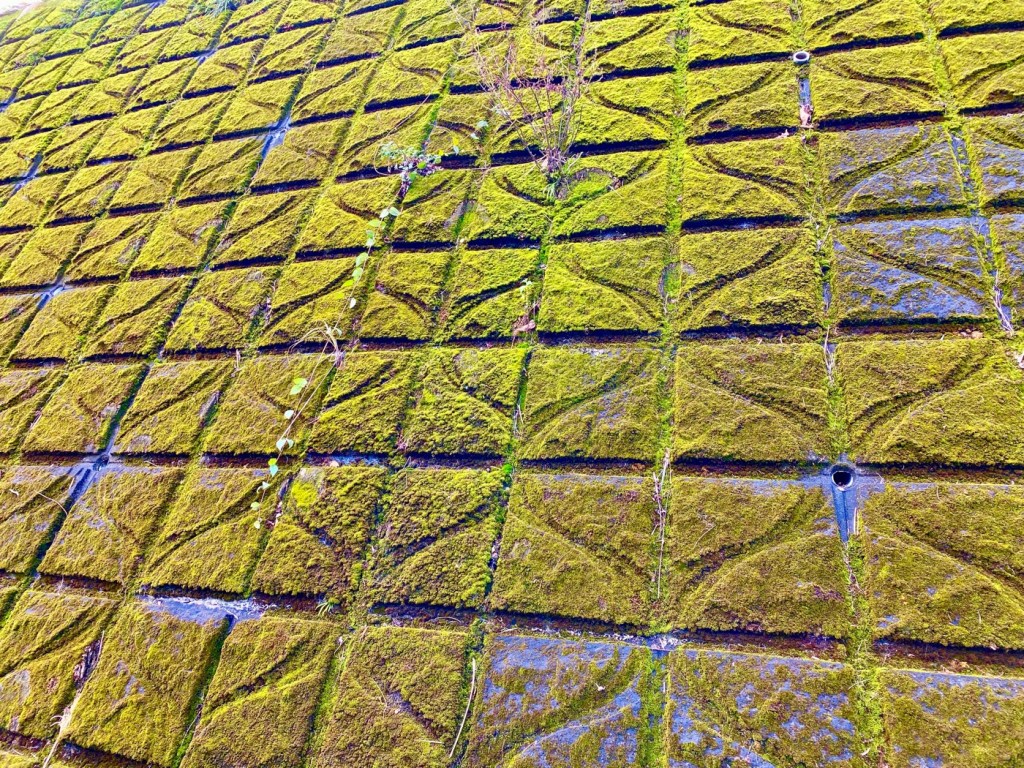
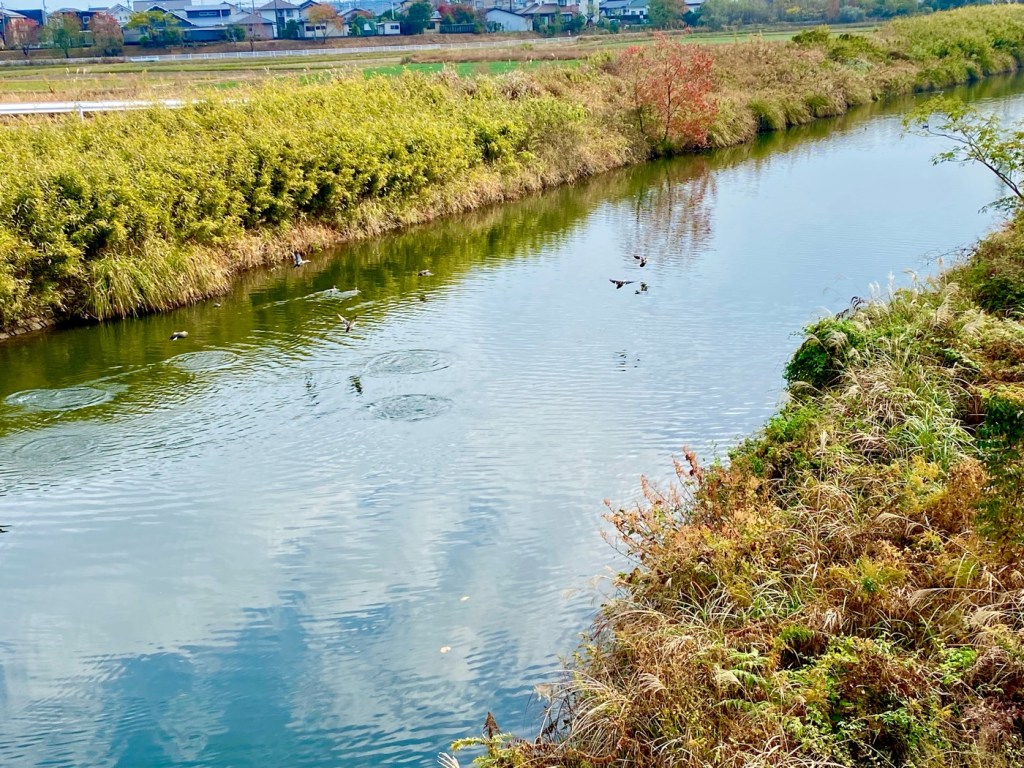
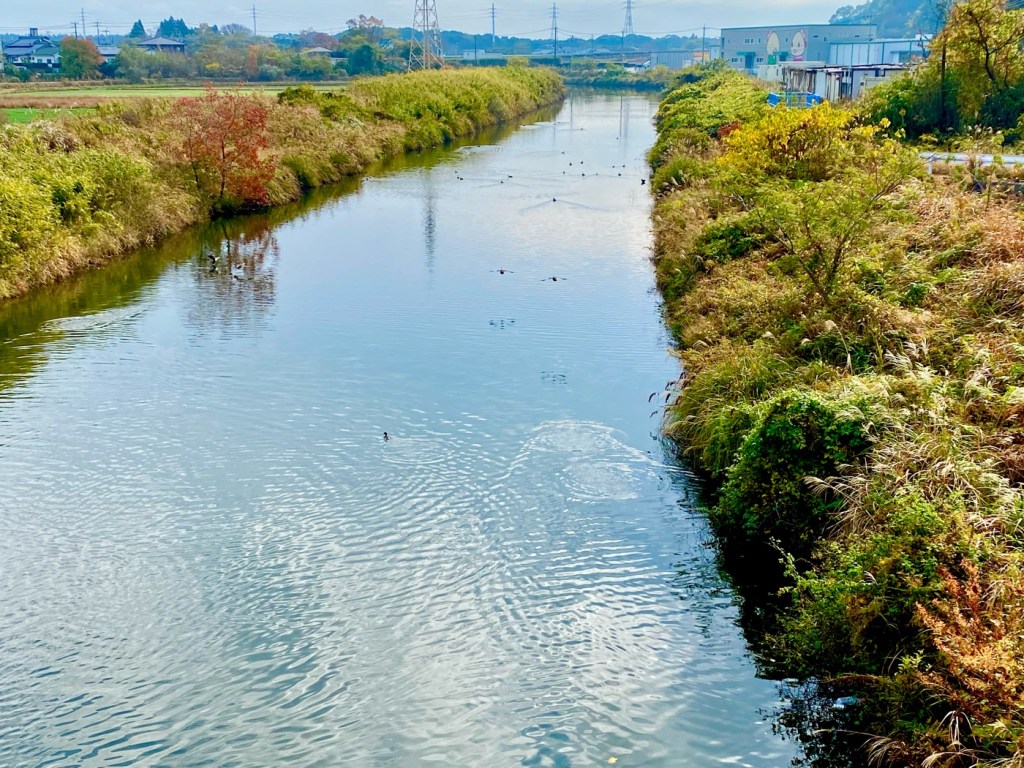
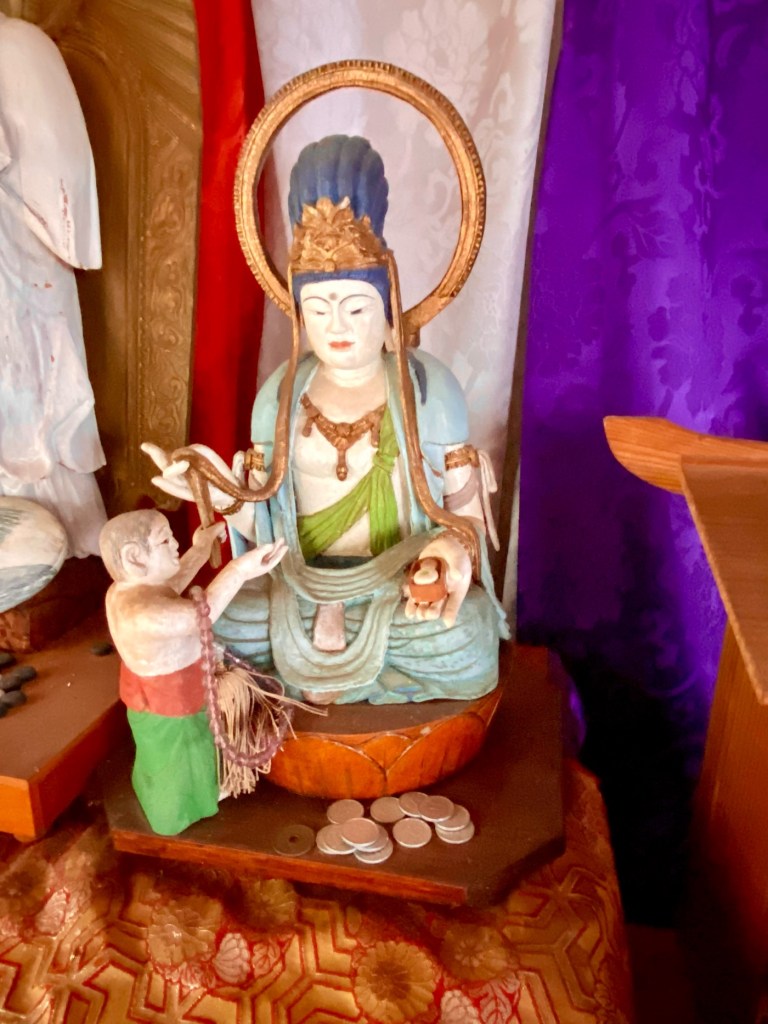
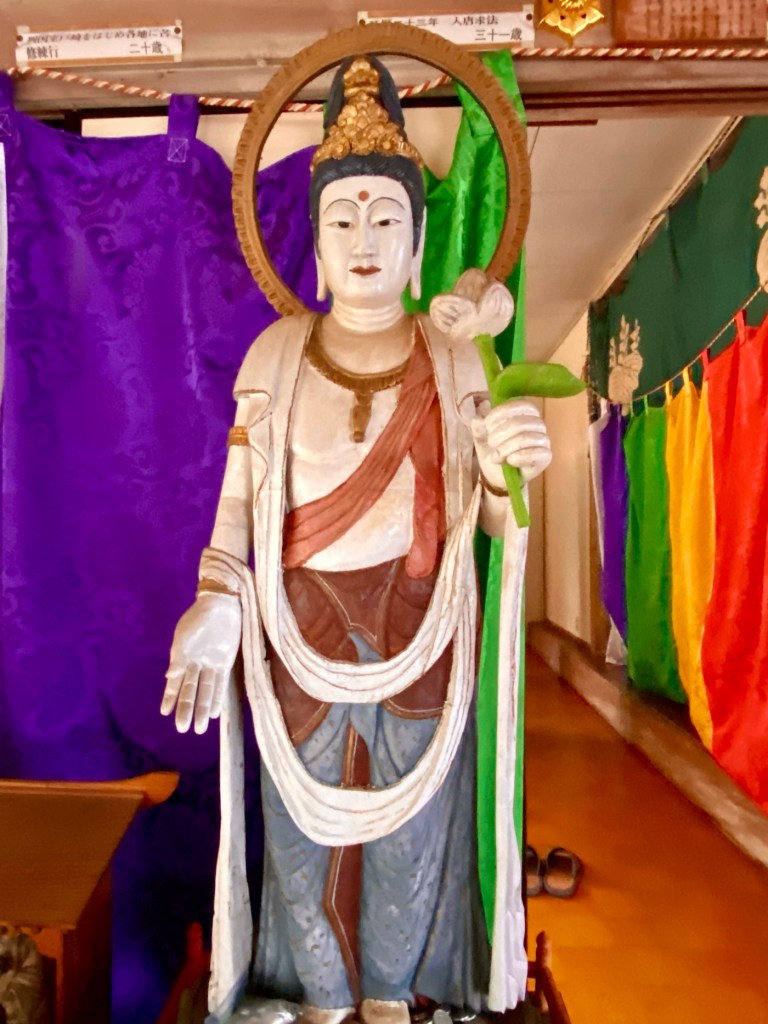
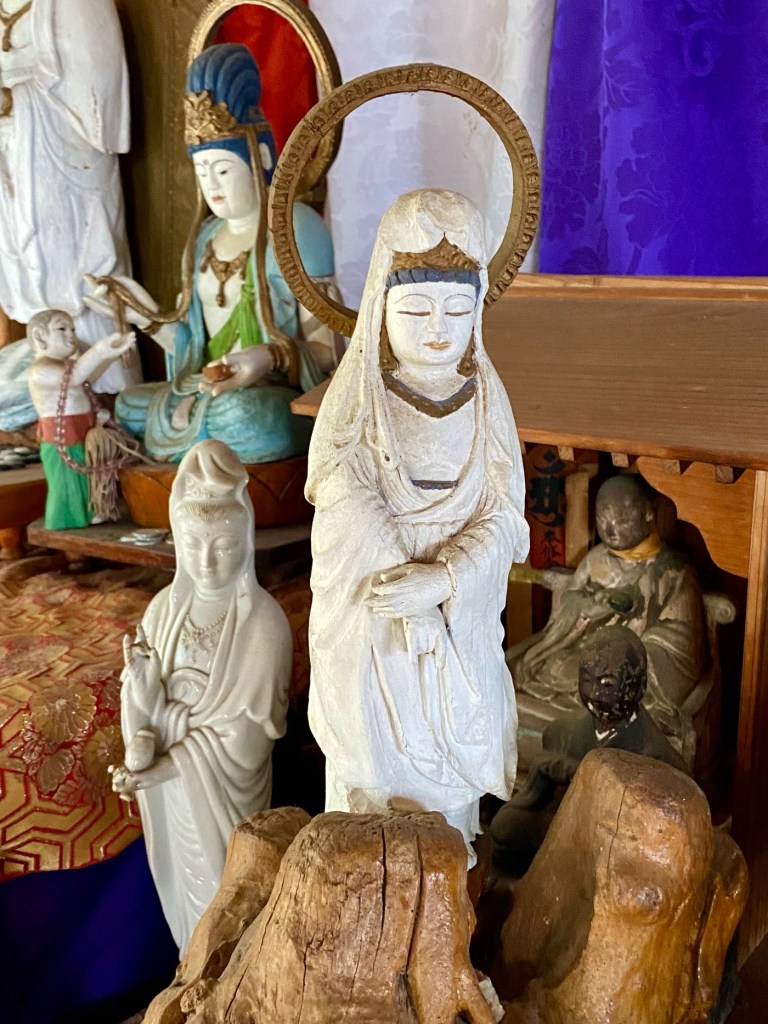
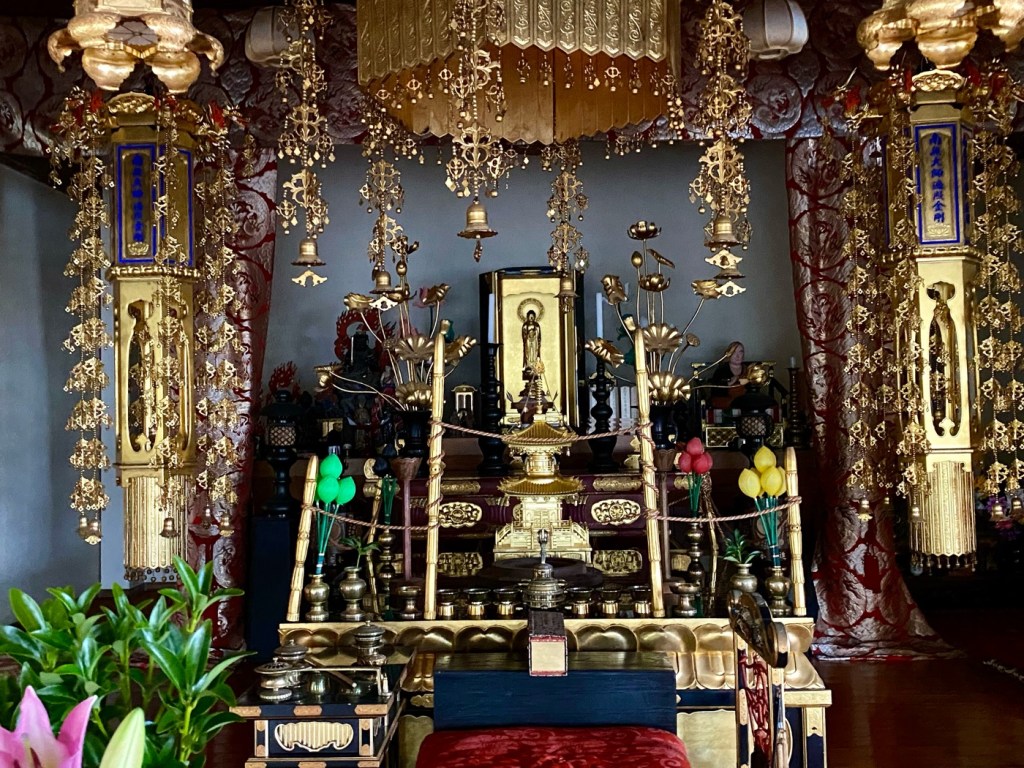
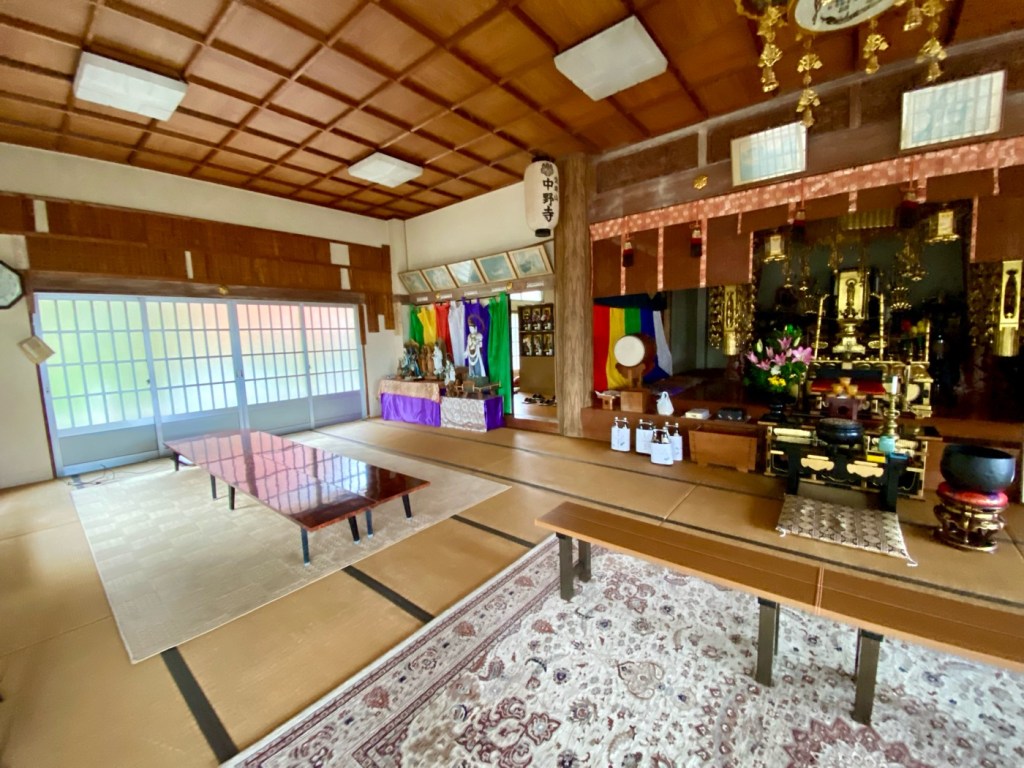

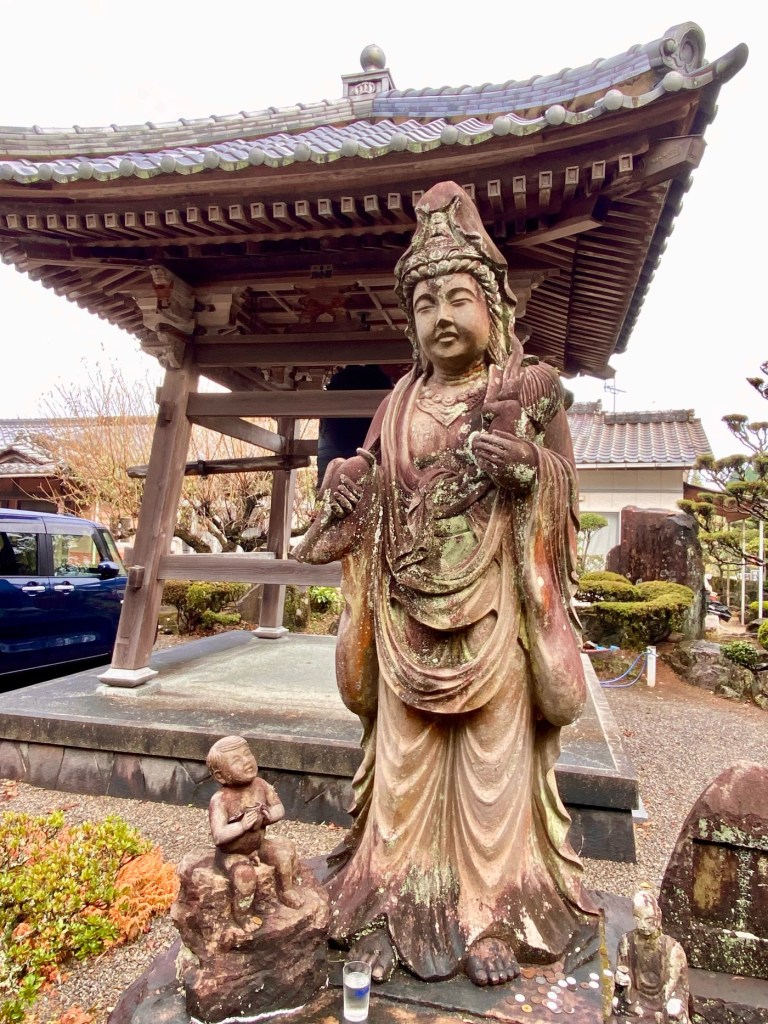
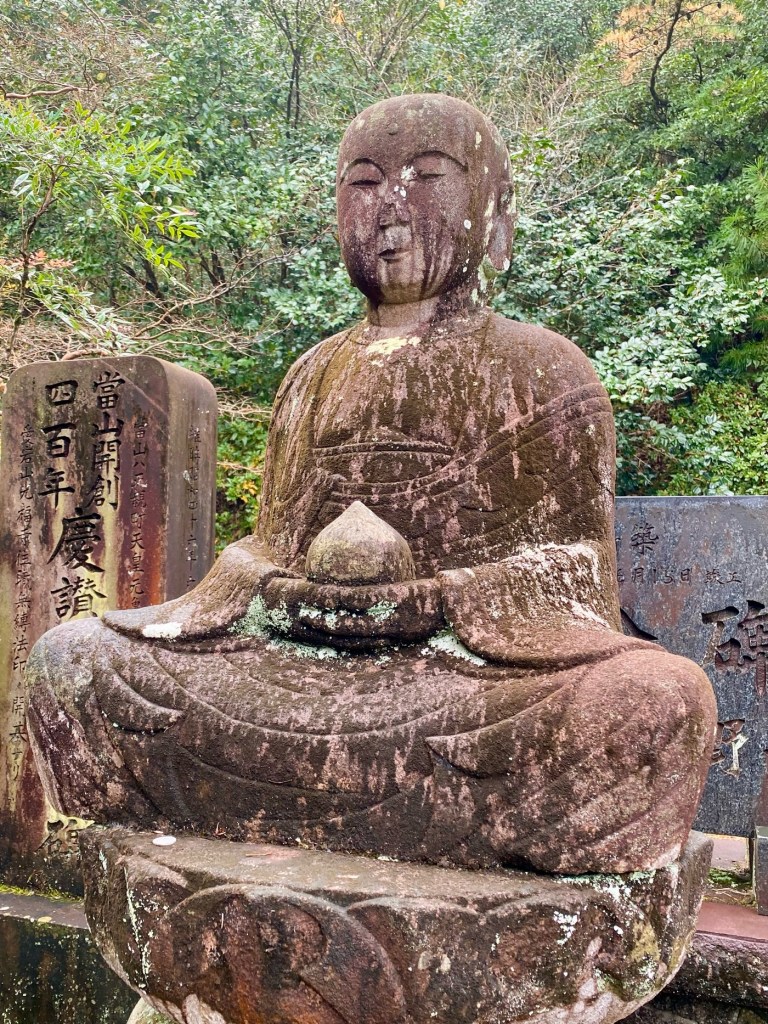
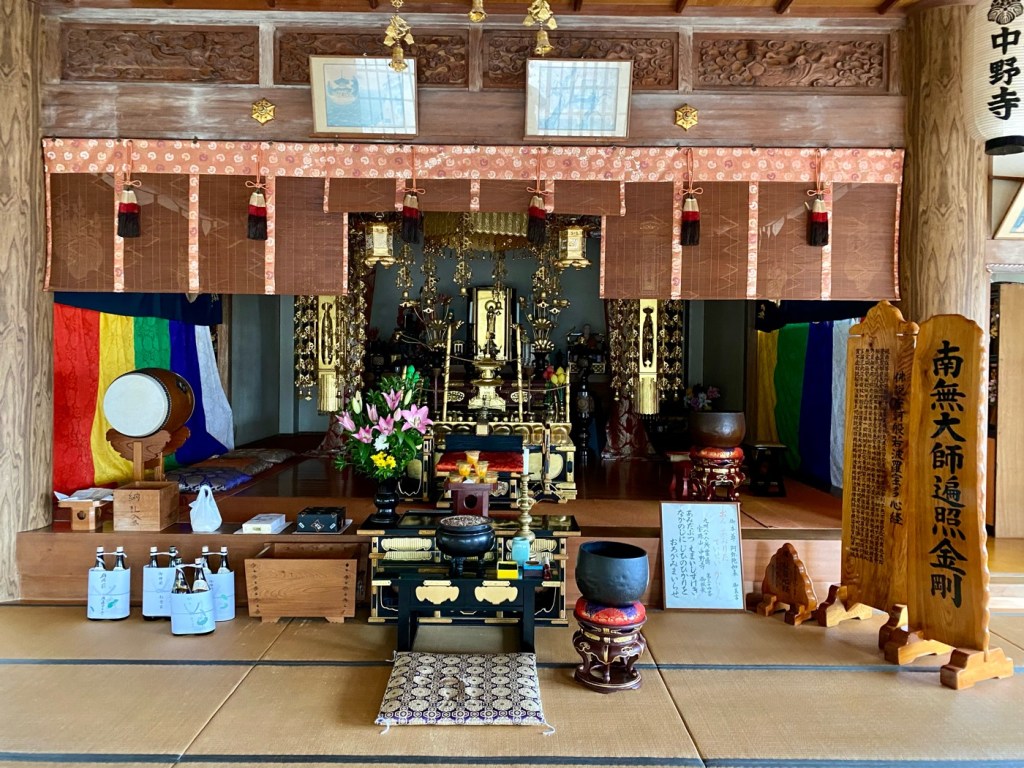

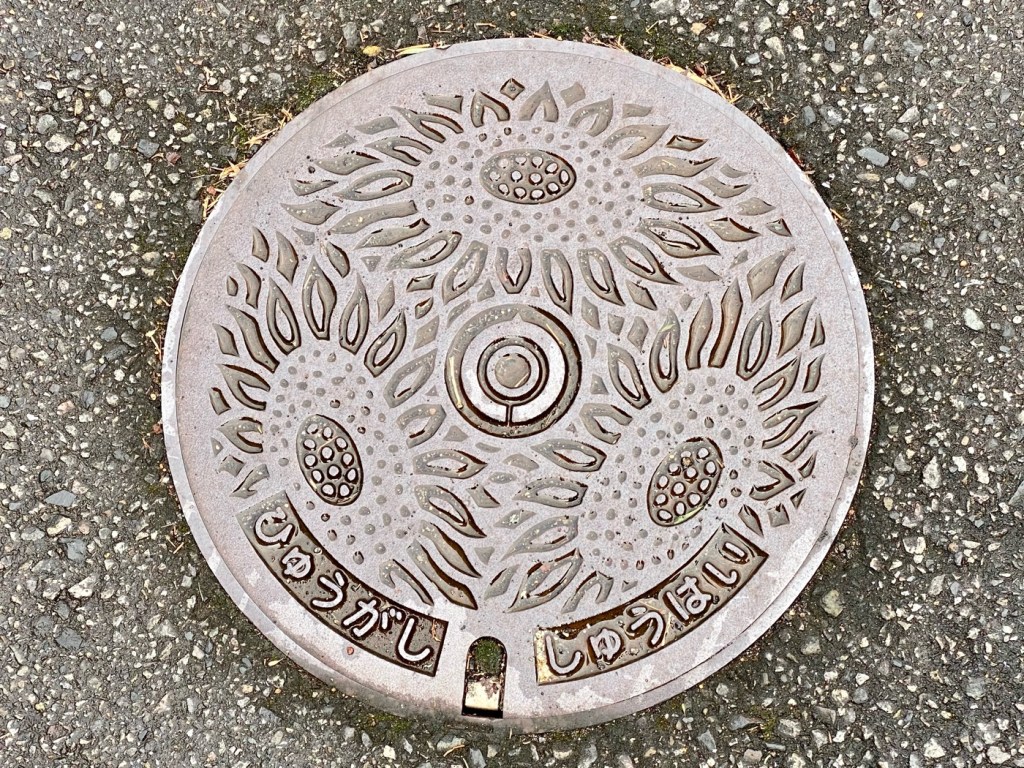
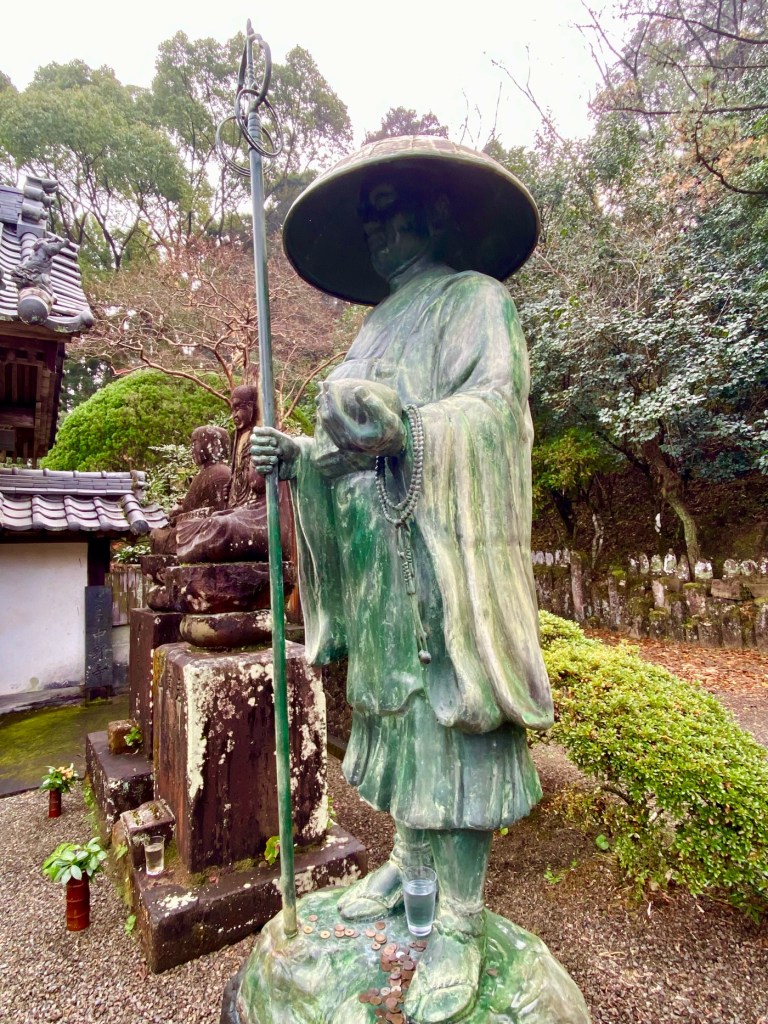
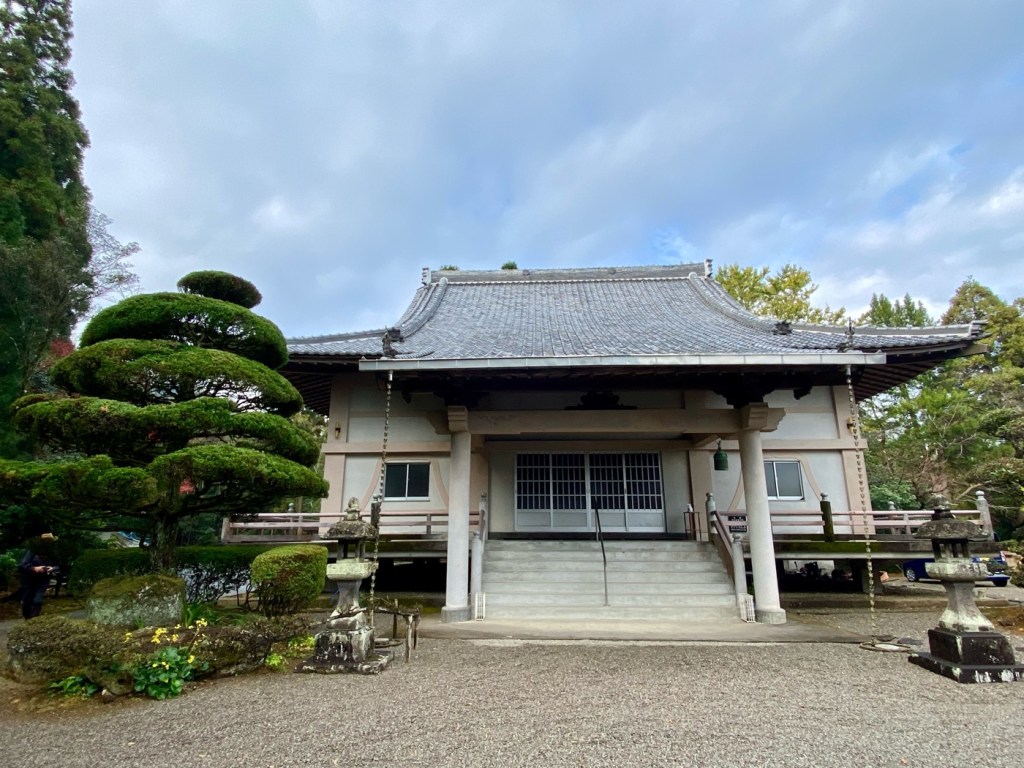
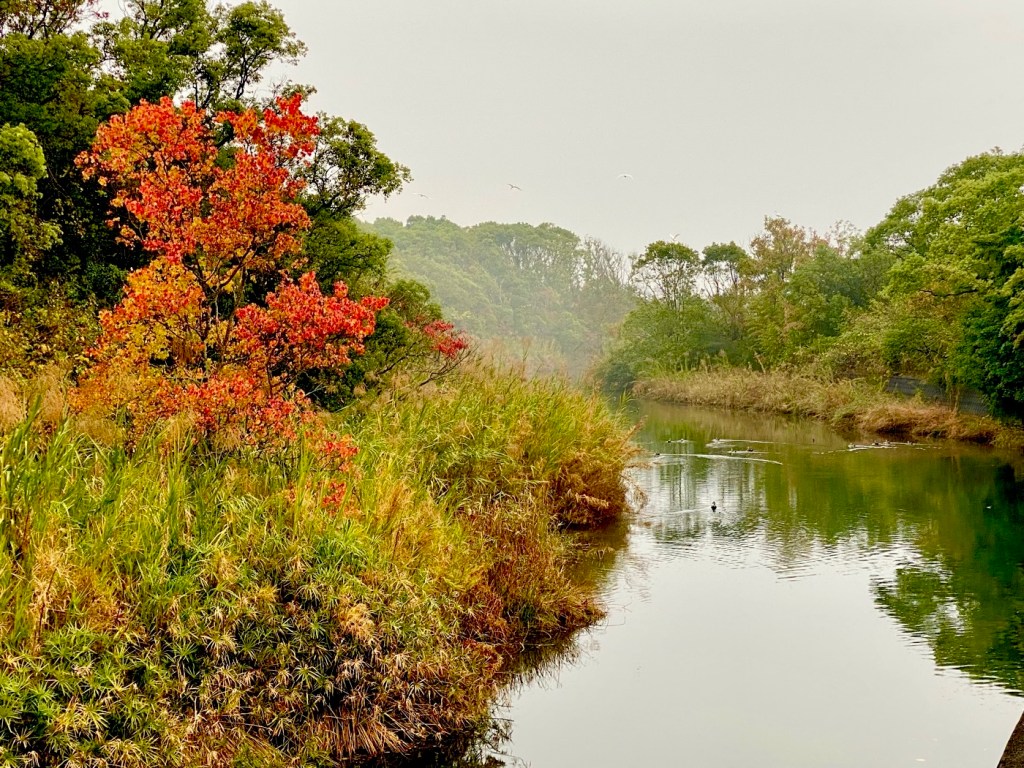
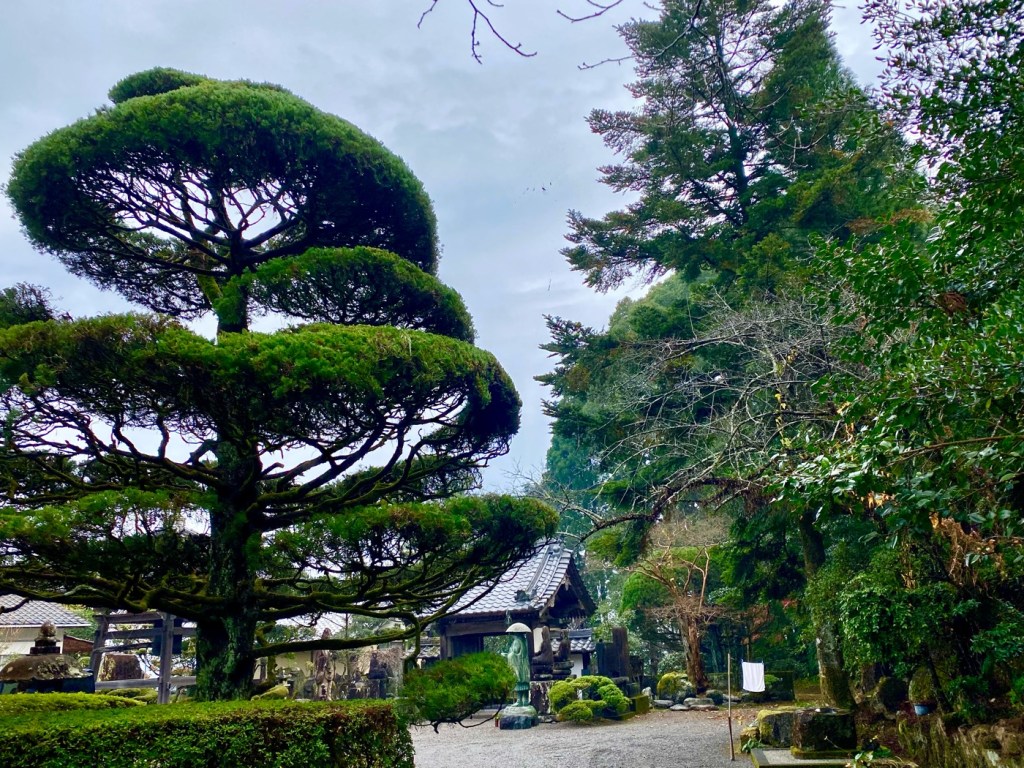
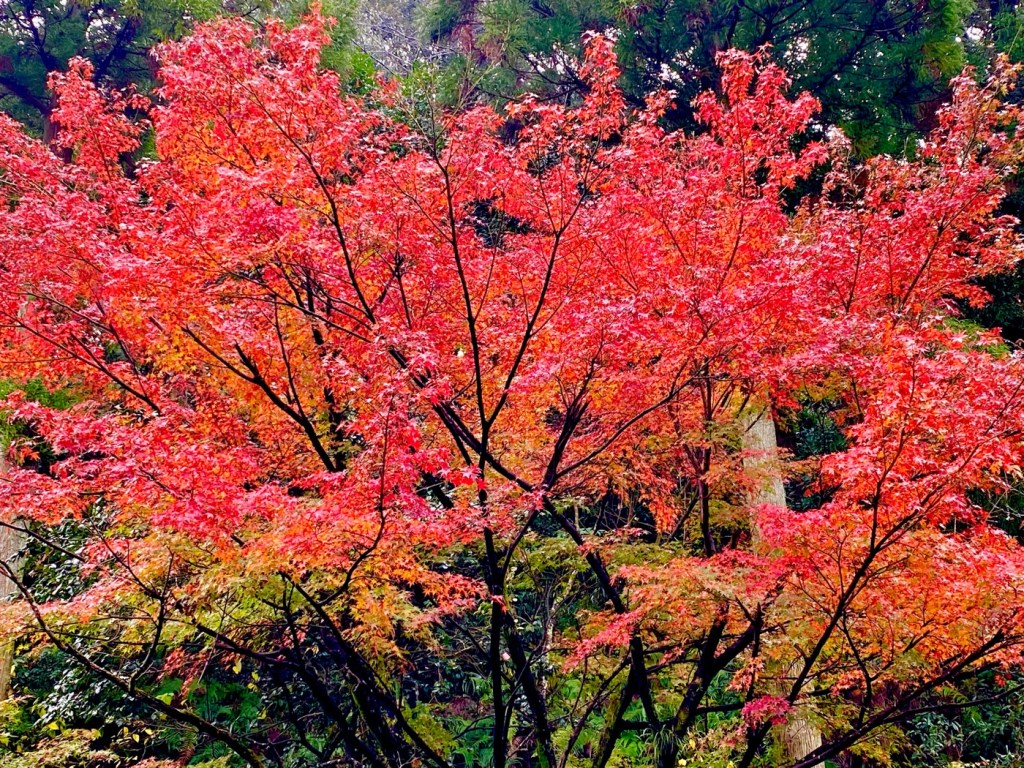
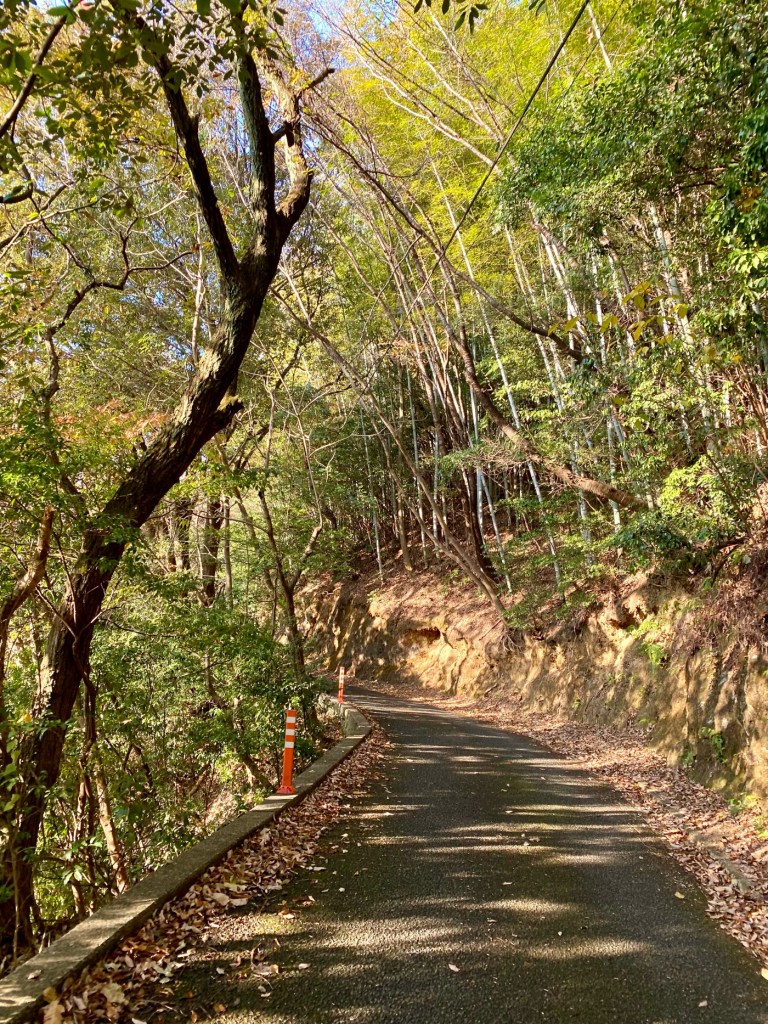
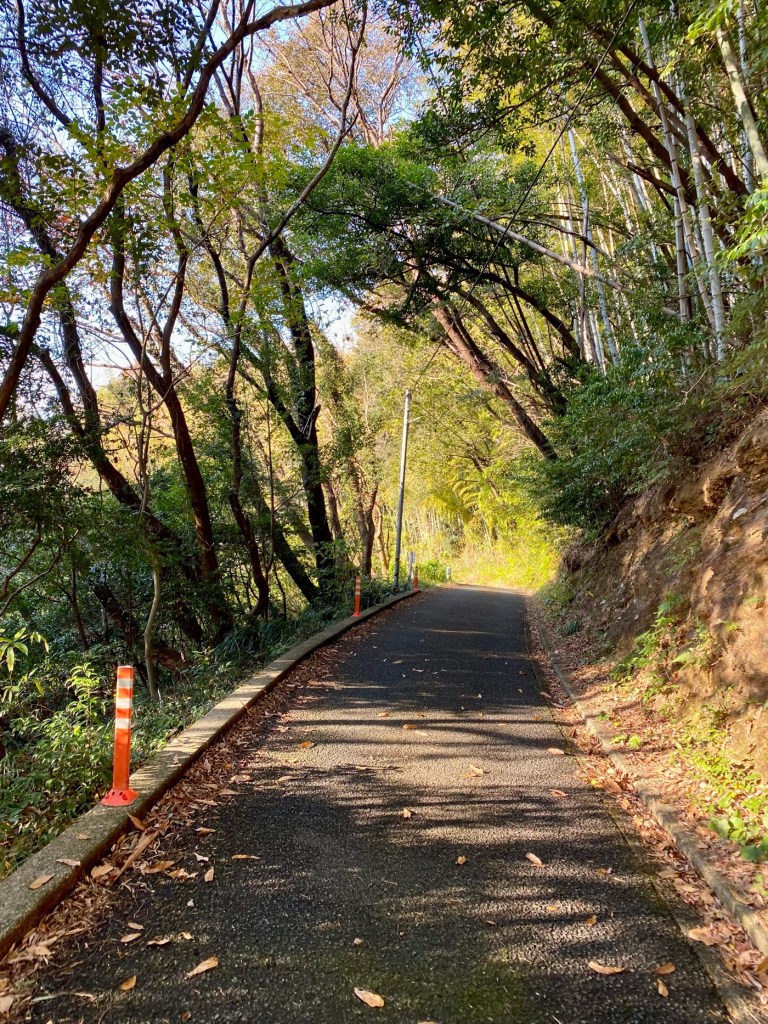
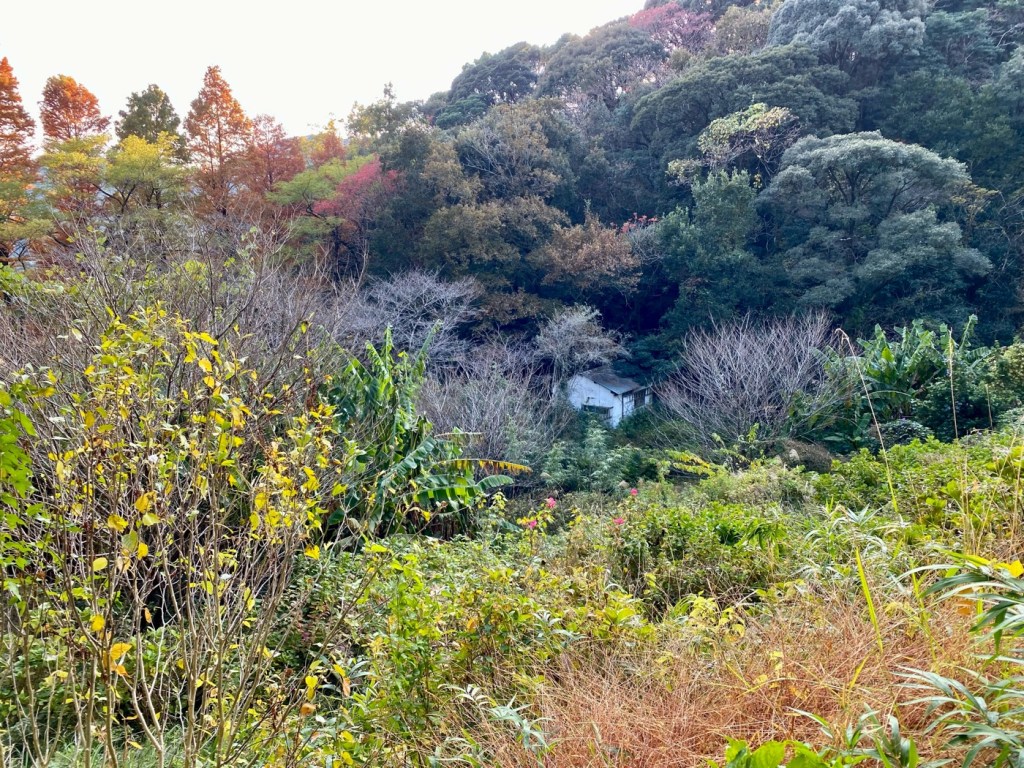
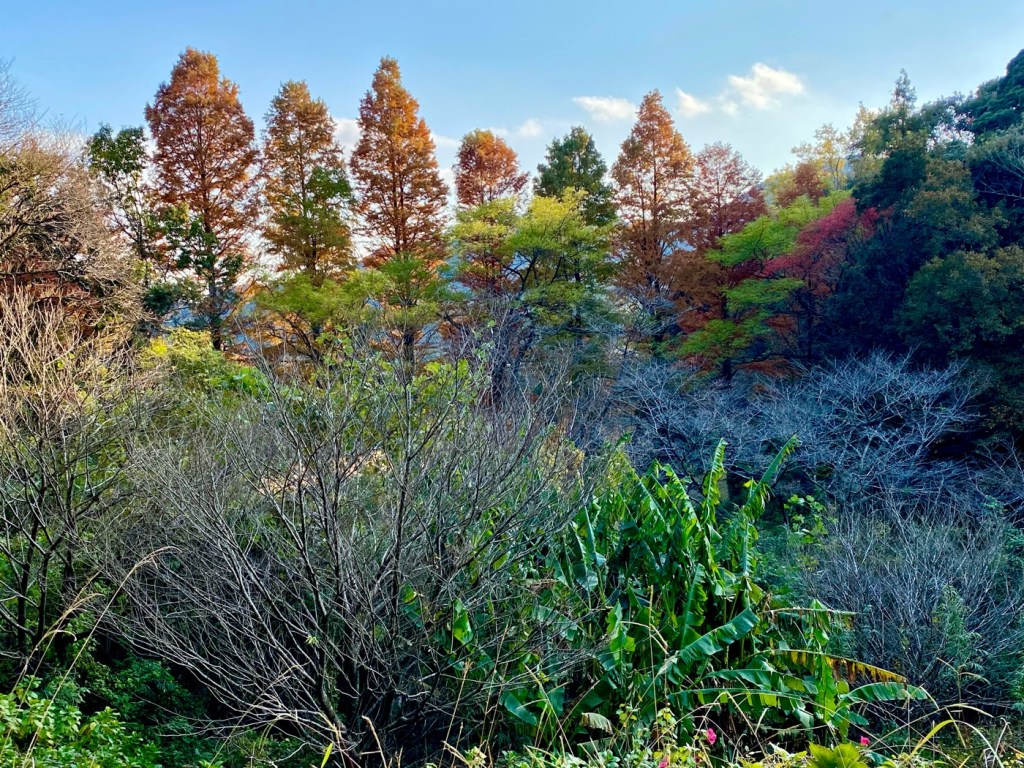
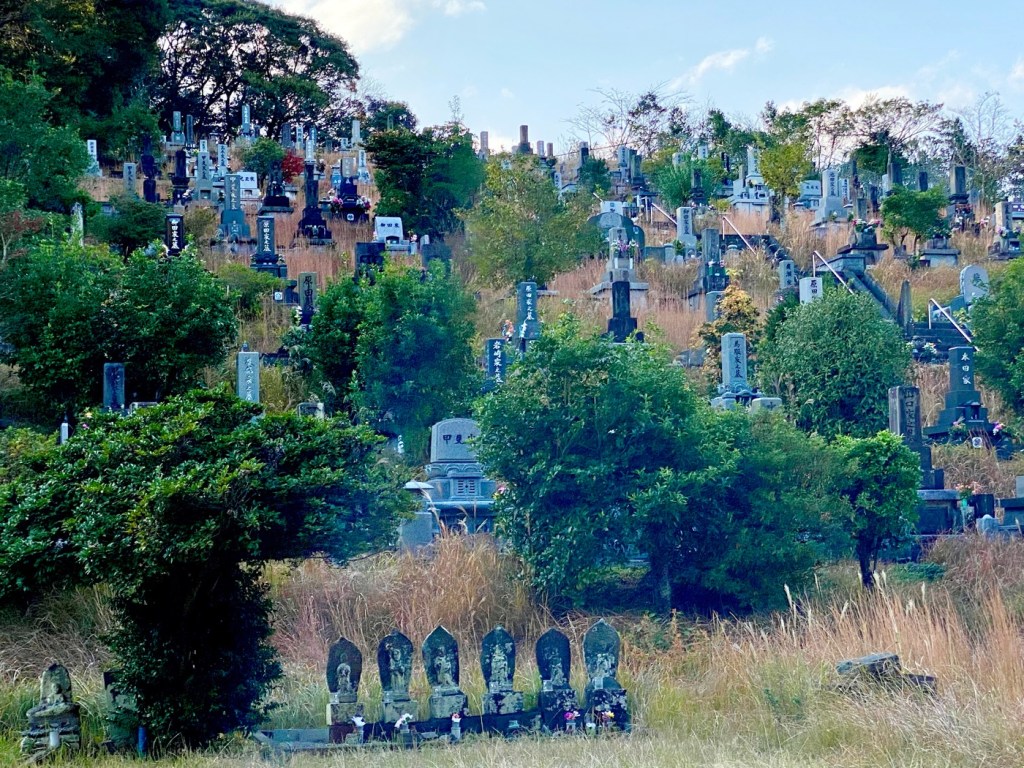
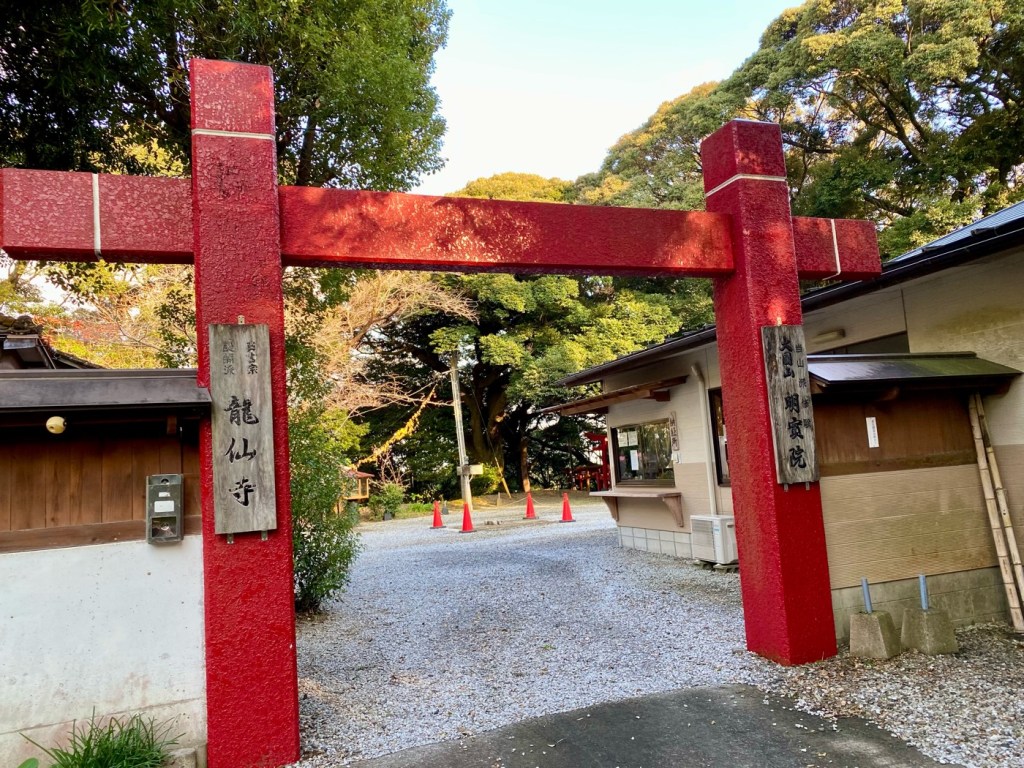
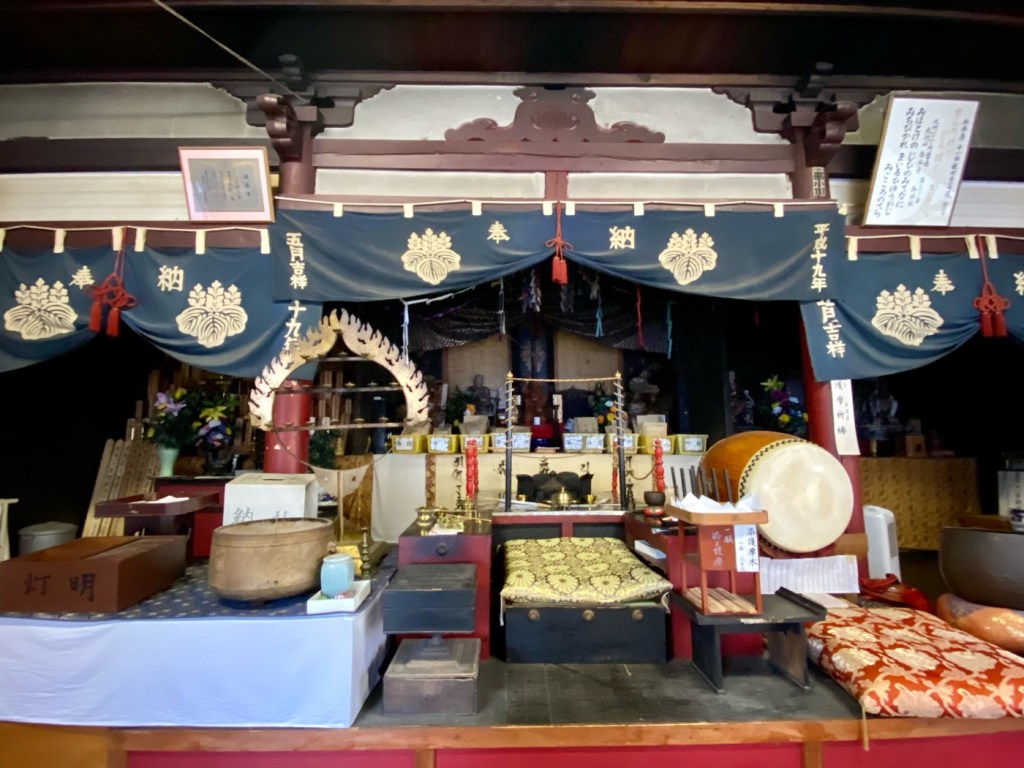

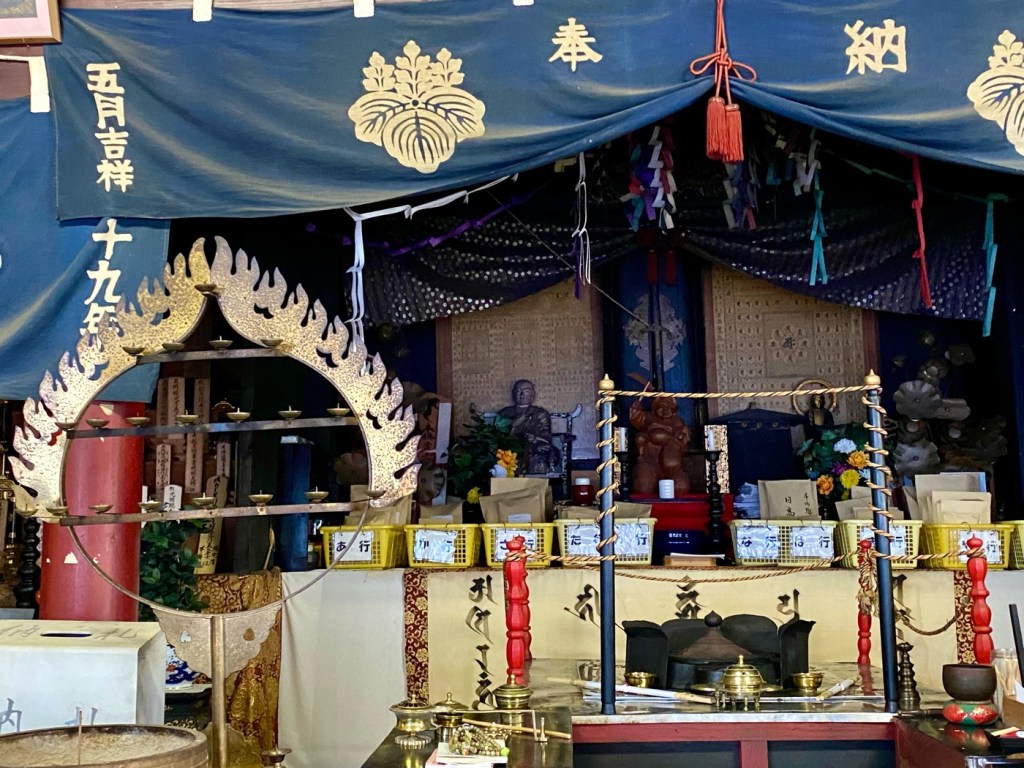
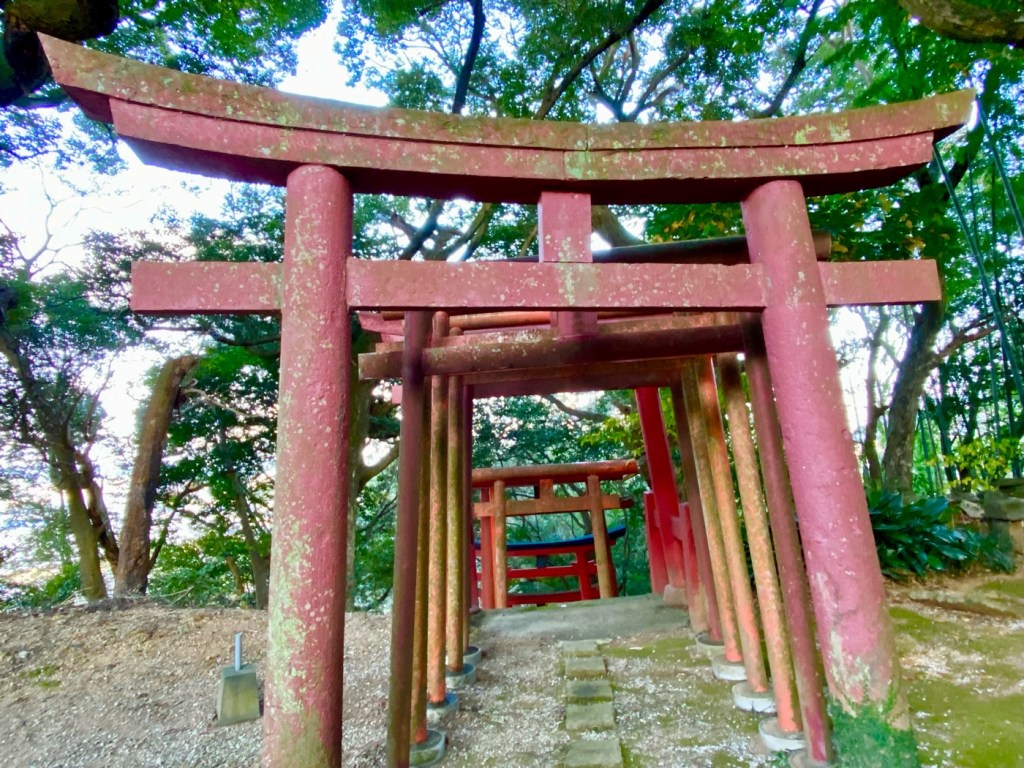
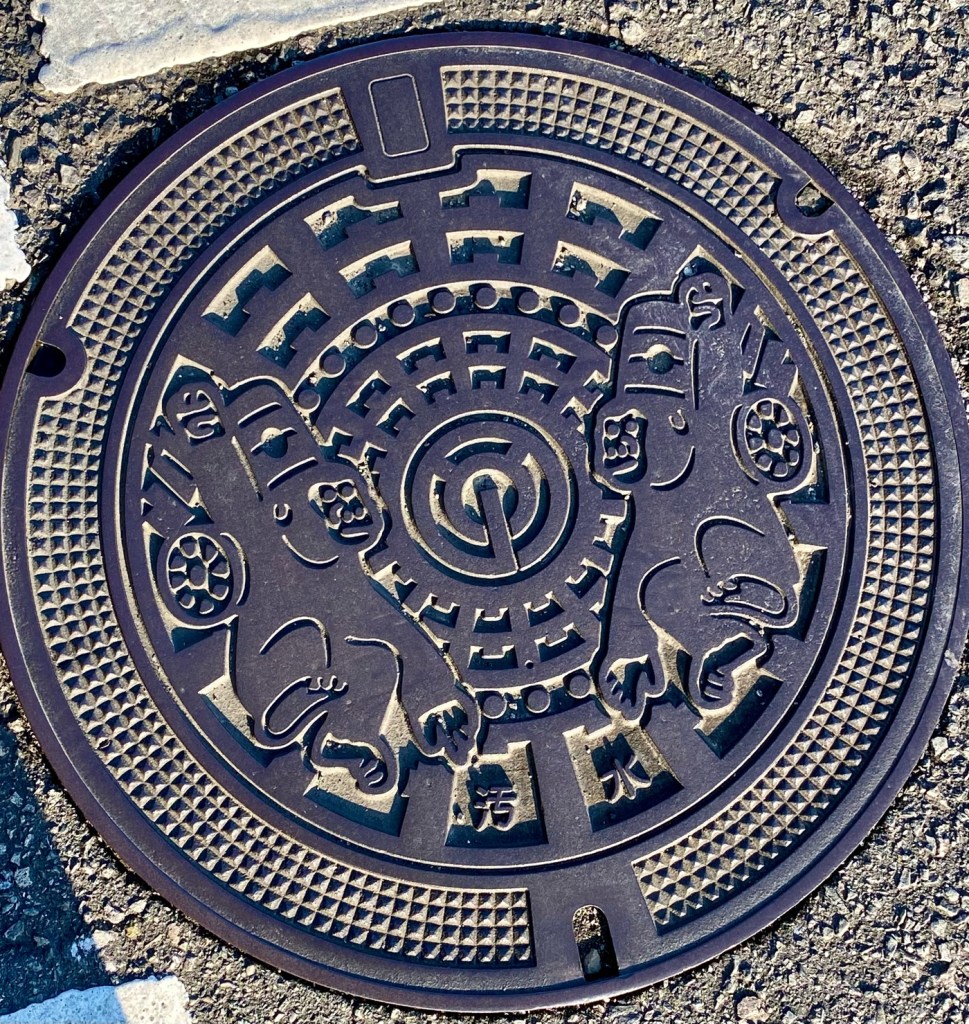
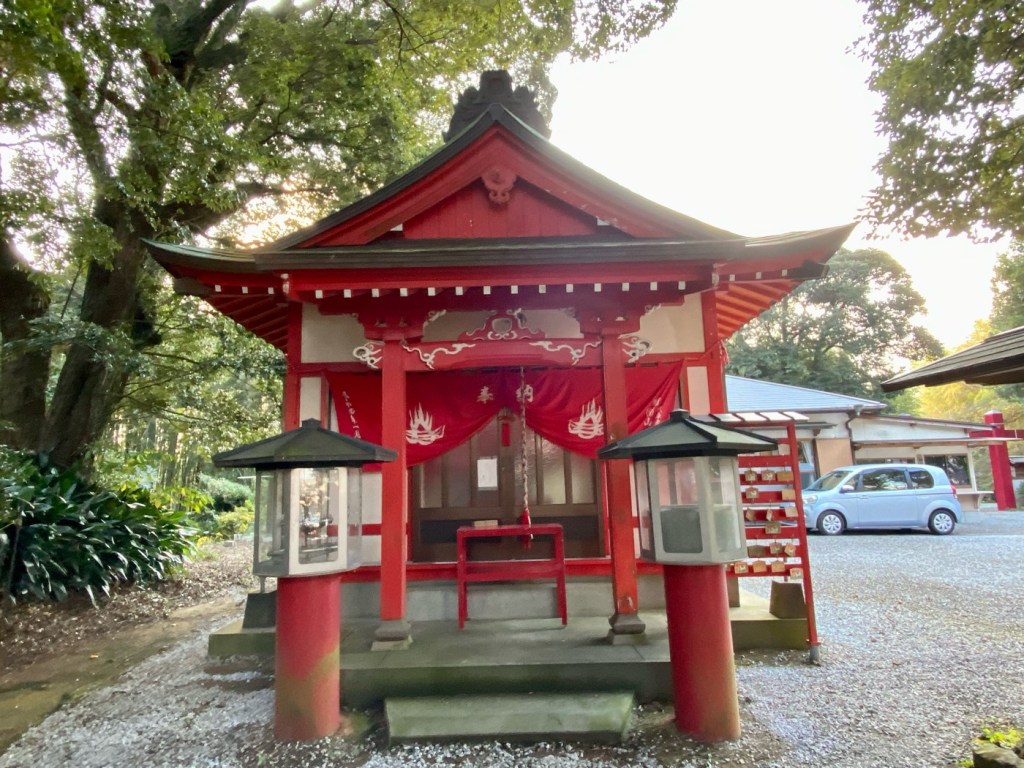
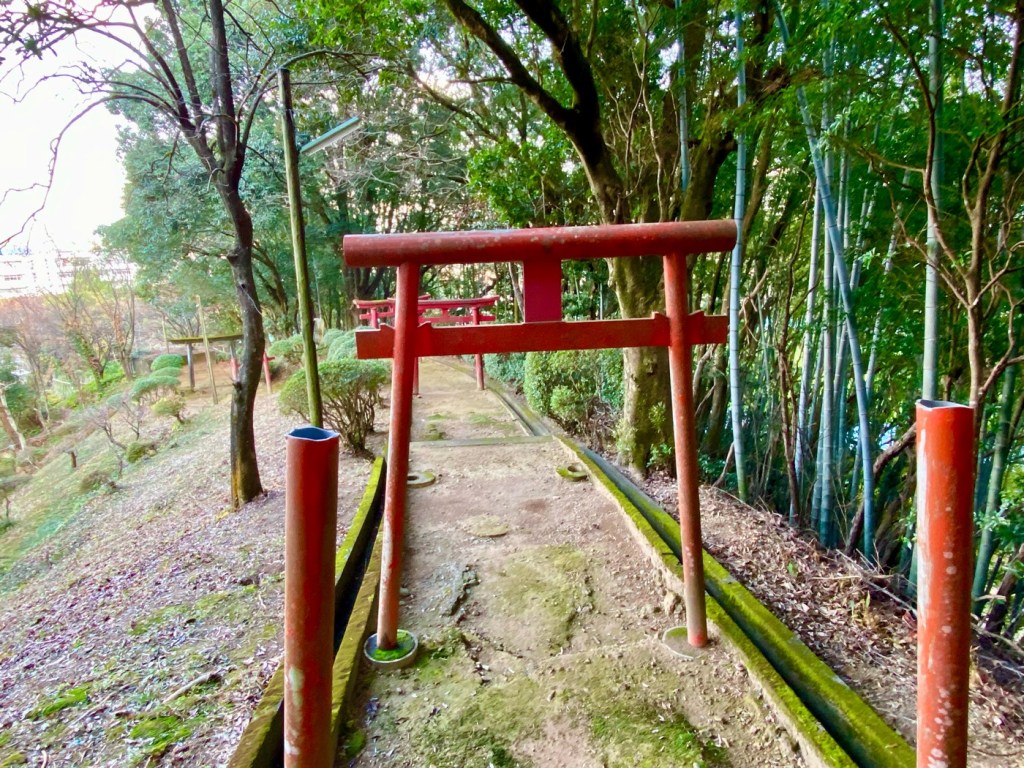
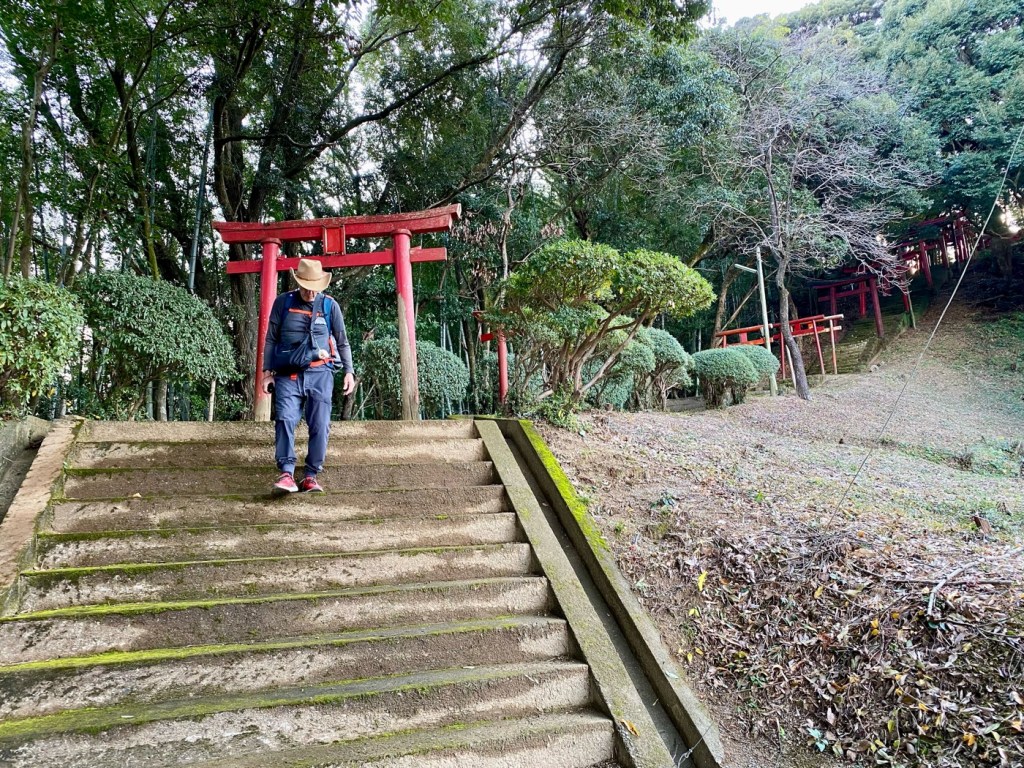
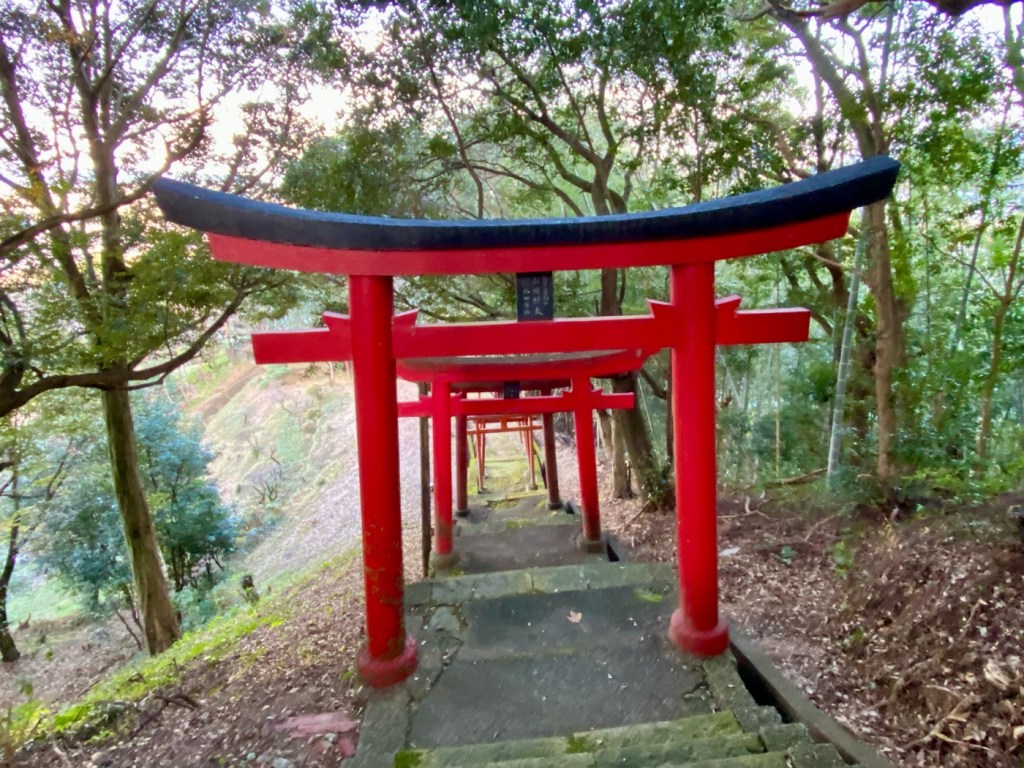

Day 64 - Our Last Four Temples In Miyazaki Prefecture, The Kyushu 108 Temple Pilgrimage, Japan
We woke up to a cloudy, misty morning, and the ground outside our window looked very wet.
I slept so well last night, I was not aware that it had rained at all.
Our next temple is located only an hour away from the hotel, so after eating a good breakfast of traditional Japanese food, we dressed warmly and started walking with umbrellas in hand.
Most of the walk was along National Route #10 with cars buzzing by quickly, even though there is only one lane in each direction.
Occasionally we saw some surf shops, made from converted shipping containers.
Temple #34, Hoshuzan Nakanoji, is located along the banks of the Akaiwa River, above the village of Hamaguri Goishi.
You go up a steep slope to get to the temple gate.
The garden has many Buddhas, such as Fudo Myoo, Jizo Bodhisattva, Kobo Daishi and Kannon.
The principal image is Amida Nyorai, the healing Buddha.
A lot of cherry trees blossom in the spring, welcoming visitors with their beautiful flowers.
From this temple, we walked to Temple #33, Kishozan Ei-Ganji, located in Kadogawa Town.
Kadogawa is located between Nobeoka City and Hyuga City, and Eigan-ji Temple is located on a hill overlooking the Tomi Peninsula, the Hososhima Peninsula and Oshima, which are part of Nippo-Coast’s National Park.
The temple’s founding dates back to the Heian period, (794-1185) by Hiroshi Kusano Daizen, the lord of Miyazaki Eda Castle, to pray for the safety of the four seas.
The principal image "Yakushi Nyorai Statue" is said to have been made by Takayuki in the Nara period (710-794).
During his lifetime, Yakushi Nyorai made twelve great wishes.
Among them he wished to live a calm and peaceful life, to eat simple food, to wear simple clothing, to sleep on low beds in humble shelters, and to heal all diseases.
From his commitment to simplicity and healing, he has been worshipped in Japan as a Buddha who cures all diseases, extends people's lifespans, and governs over medicine.
The views from the temple were beautiful, but the head monk seemed overworked by maintenance work at the temple. The roof of the main hall was being replaced or repaired, but there were no workers around, just a lot of power tools and a bit of a mess, which looked like the monk was trying to do a lot of the work himself, and he was being overwhelmed by the tasks at hand.
My original plan was to visit two temples today, and then take a train back to Miyazaki City, and cover the distance between Miyazaki City and Tsuno during the three days we will be staying in Miyazaki.
But it was still early in the day, and since we were so near to Nobeoka and already carrying our book and scroll, we decided to take a train to Nobeoka and visit the two temples that we have there.
This will conclude all the temples we have in Miyazaki Prefecture, and will give us some free time in the next week, to cover most of the walking between Miyazaki and Nobeoka.
We arrived at Nobeoka station and saw that there were coin lockers where we could leave our backpacks.
But we decided not to leave them, thinking that we might be able to walk south to Minami Nobeoka station at the end of the day, and take a train from there to Miyazaki.
We first walked to a cafe and a small lunch place that Google Maps showed as open and offering vegan and gluten free options, but they were actually closed.
We decided to give up on eating lunch today, in order to get to both temples before 5 P.M.
Temple #32, Mt. Manju Komyoji, is located in the neighborhood of Asahi Kasei, back when Nobeoka was a prefecture.
Now Nobeoka is an incorporated castle town, and all the neighborhoods are united under the city’s name.
Inoue Castle was the first castle built in Nobeoka.
The lord of Inoue Castle, in the year 1181, invited Chiken Hoin from Usa County, to build Komyo-ji Temple as a protection temple.
In the precincts of the temple, there are 33 stone Kannon statues, as a mini pilgrimage representing the Saigoku pilgrimage.
There is also a stone Buddha that was once located at Kofuku-ji Temple, at the foot of Mt. Atago.
It was donated by Mr. Naito, the lord of the domain.
The temple is also home to a small shrine called Awashima Shrine.
The temple is set back from a busy road, and it feels calm, despite its location.
In the main hall, there is a standing statue of Amida Sanzon, a statue of Kobo Daishi, a statue of Fudo Myoo, a statue of Jizo Bosatsu, and the statue of Mizuko Jizo Bosatsu.
From there, we walked up through a mountain to temple #31.
A local lady who walked down the small road asked us where we were going.
She said that the mountain road was closed up ahead, but when we told her that we were going to the temple, she said that yes, we can get there, but it was a steep climb up and very tiring.
Temple #31, Daienzan Ryusenji, is located on Mt. Daienzan, where at one time ascetic monks lived and practiced in its forest.
About 400 years ago, this mountain was declared a sacred ground, and a Main Hall dojo was opened by Kakuemon Taniyama.
He enshrined Daikokuten, the god of fortune and wealth, holding ta sickle in his right hand.
Many farmers come to pray at the temple for an abundance of good crops.
The teachings of the ascetics who once lived here a have been steadily handed down, and it is said that if you listen closely, you can still hear the pleasant tone of their conch shells, softly echoing through the forest.
Two lovely women stamped our book and scroll.
They gave us tea, cookies and local clementines.
When we left, we went down the mountain through the many stone steps and the red Torii gates, and walked back to town to catch the train to Miyazaki.
In Miyazaki, we checked into our hotel, and the box of all our gear that we had shipped there ten days ago, was waiting for us in our room.
We looked at the heavy box with cold eyes.
We did not intend to take anything out of it, in fact, we were discussing what else we could add to it to make our backpacks even lighter.
The hotel had Netflix, and it was such a treat to vegetate and catch up on some TV shows.
It has been such a long time since we watched any TV.
With love and sweet dreams,
Tali
Stats: 30,683 steps
Today’s walk: 21.5 km
Kilometers walked to date: 1097 km
Temples visited:
Temple #34 Mt. Hoshu Nakano Temple (Hoshuzan, Nakanoji)
Temple #33 Eiganji 吉祥山 永願寺 (Kishozan Ei-Ganji)
Temple #32 Mt. Manju Komyoji (Manju-san, Komyoji)
Temple #31 Daienzan Ryusenji (Daienzan, Ryusenji)